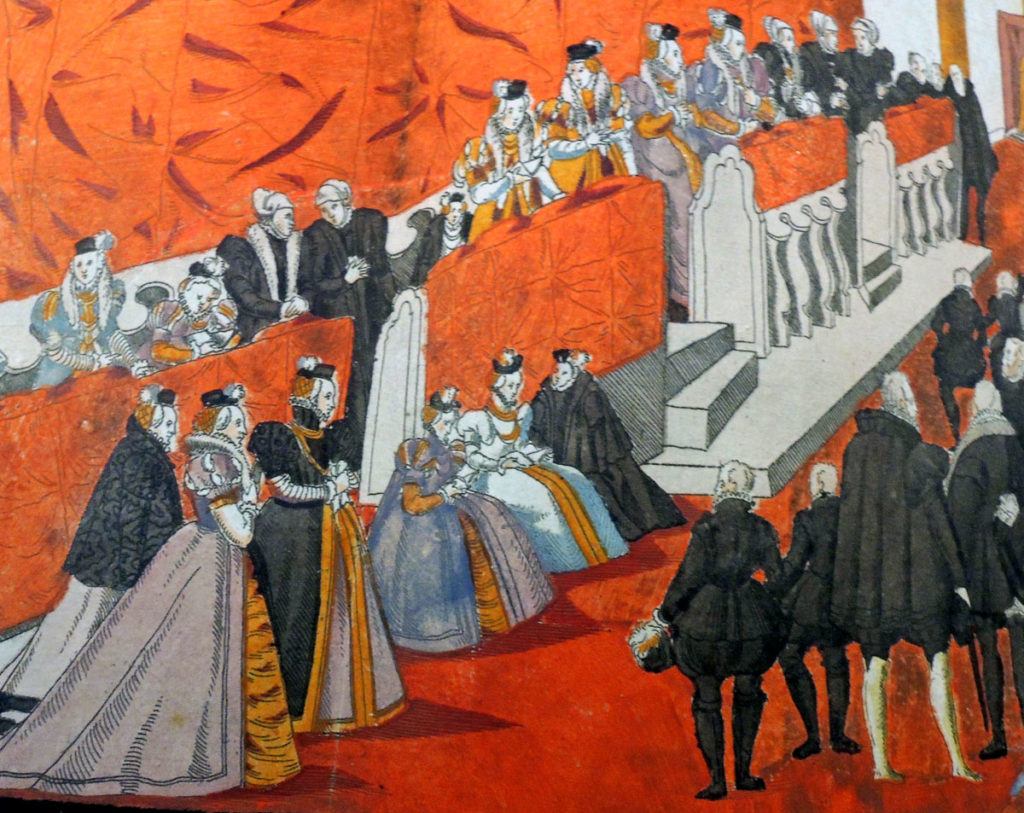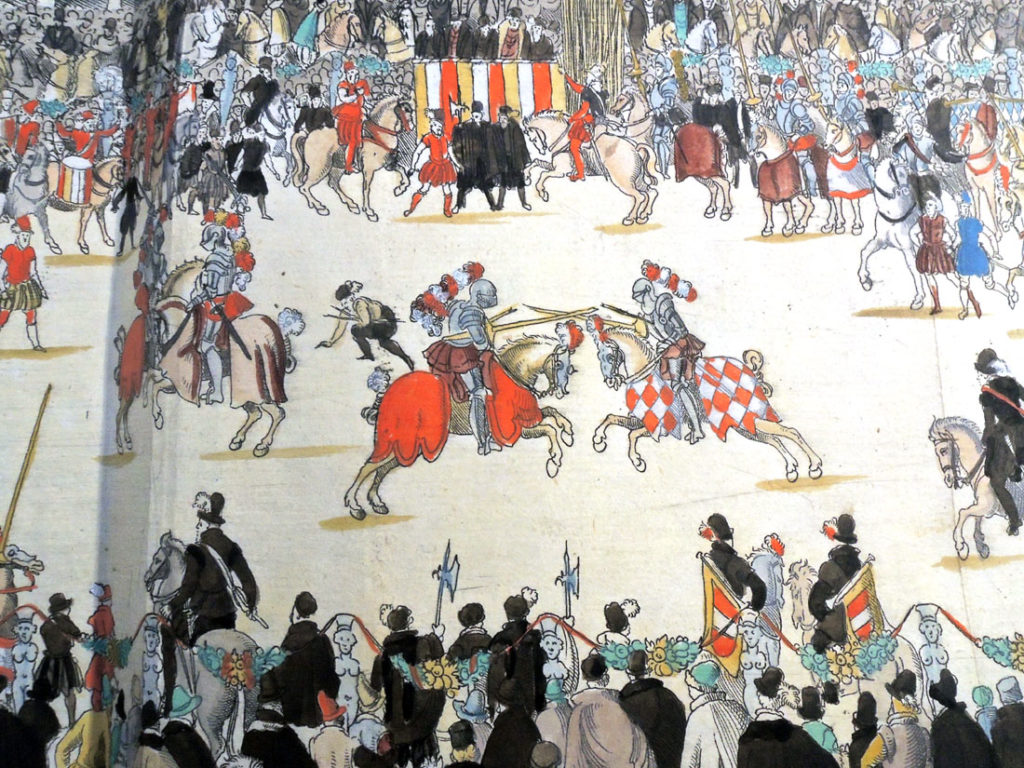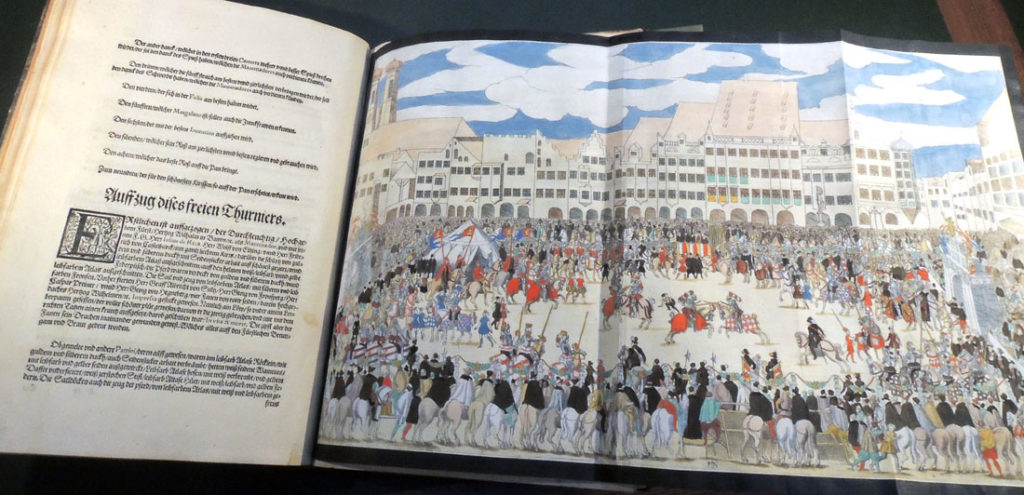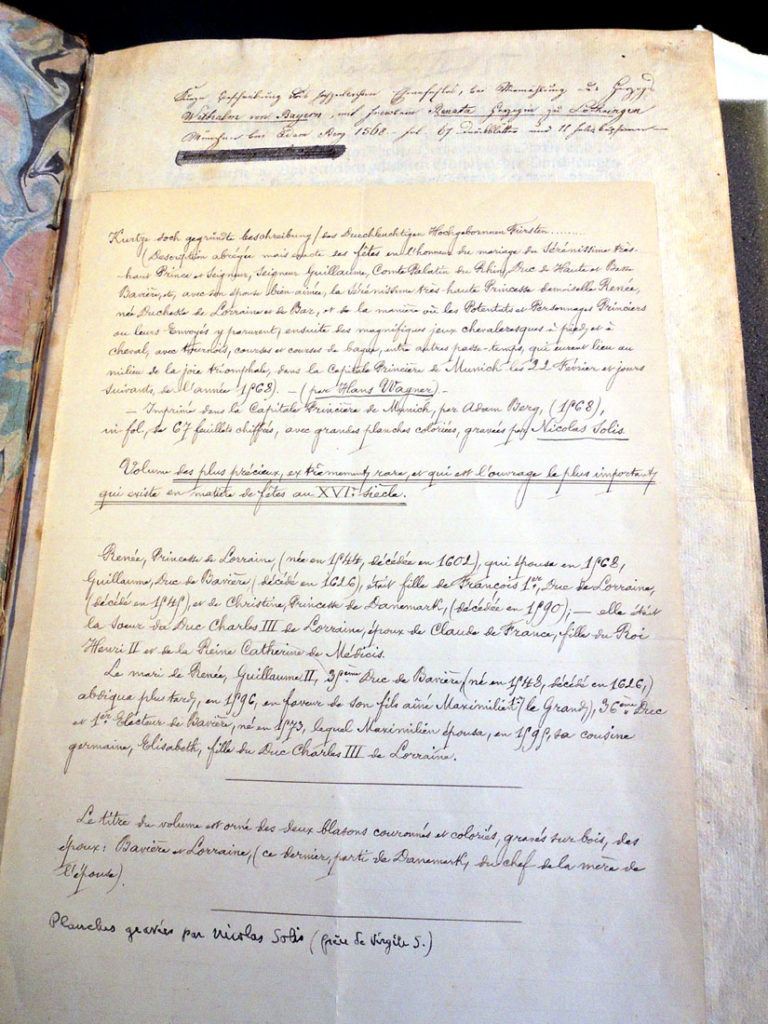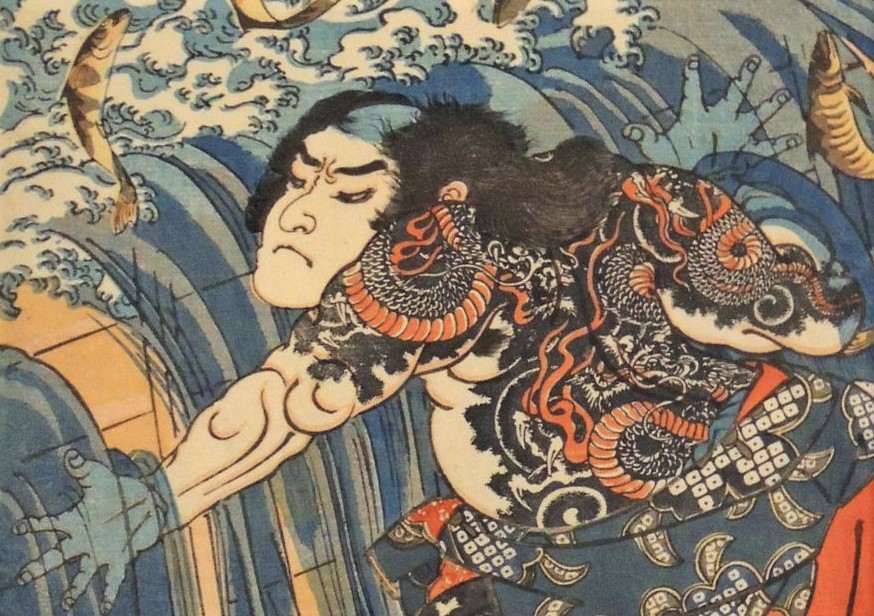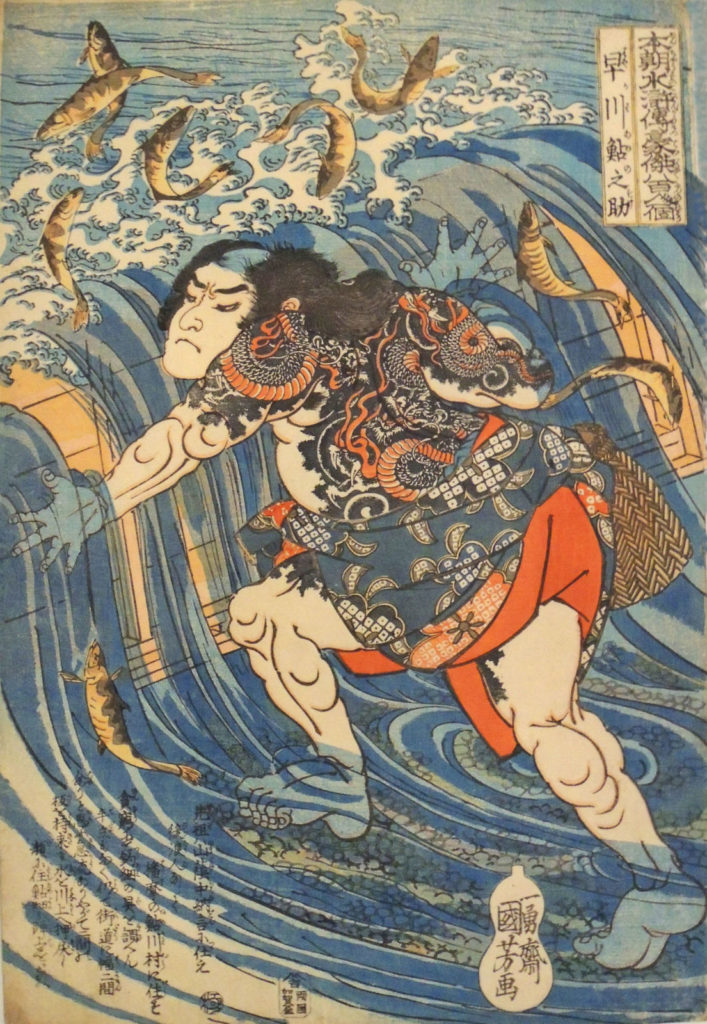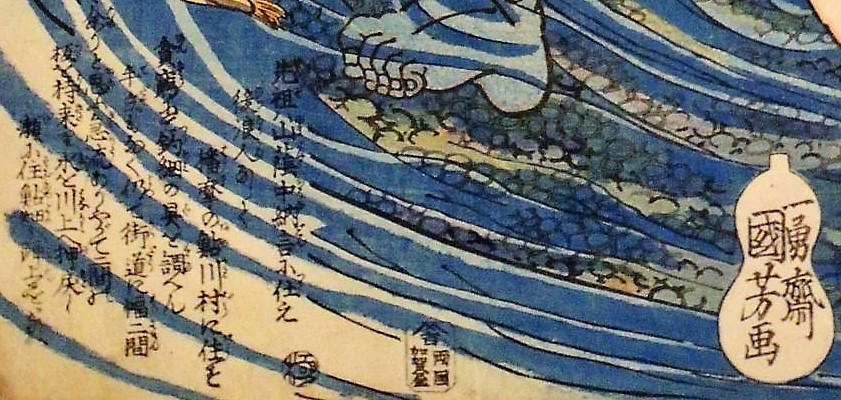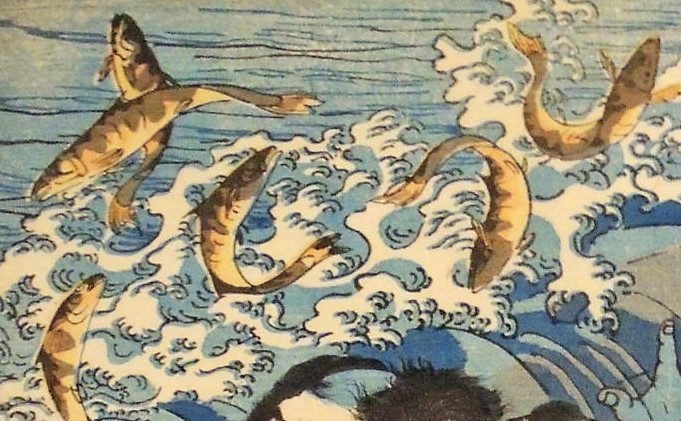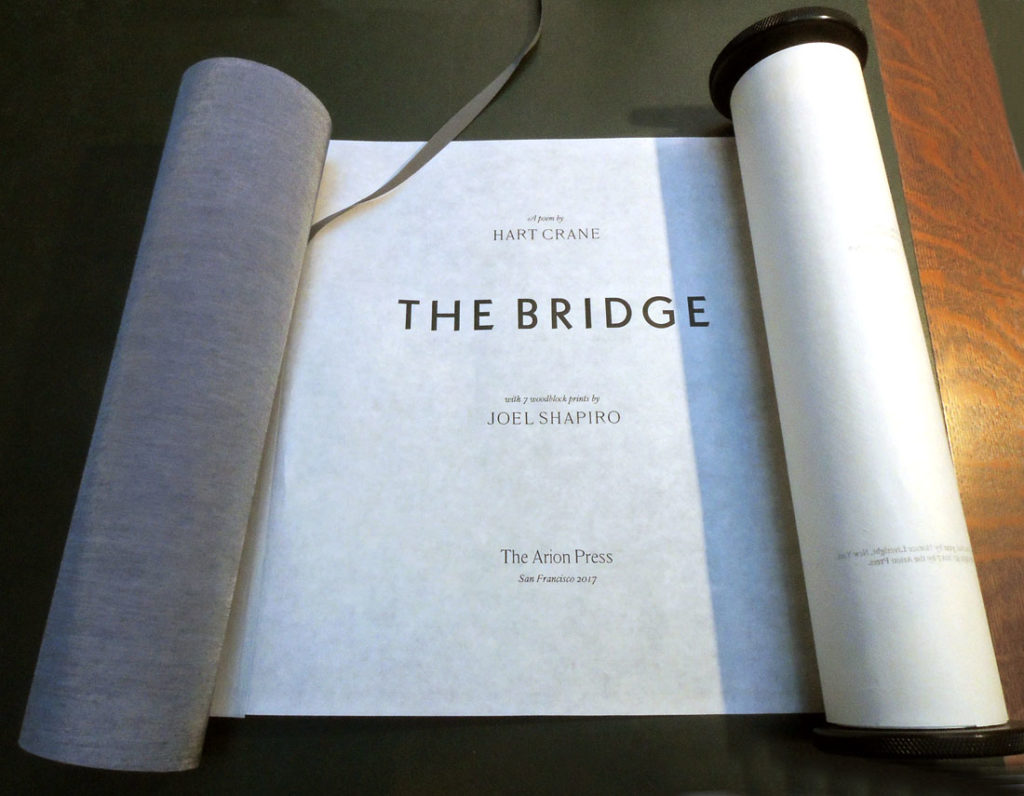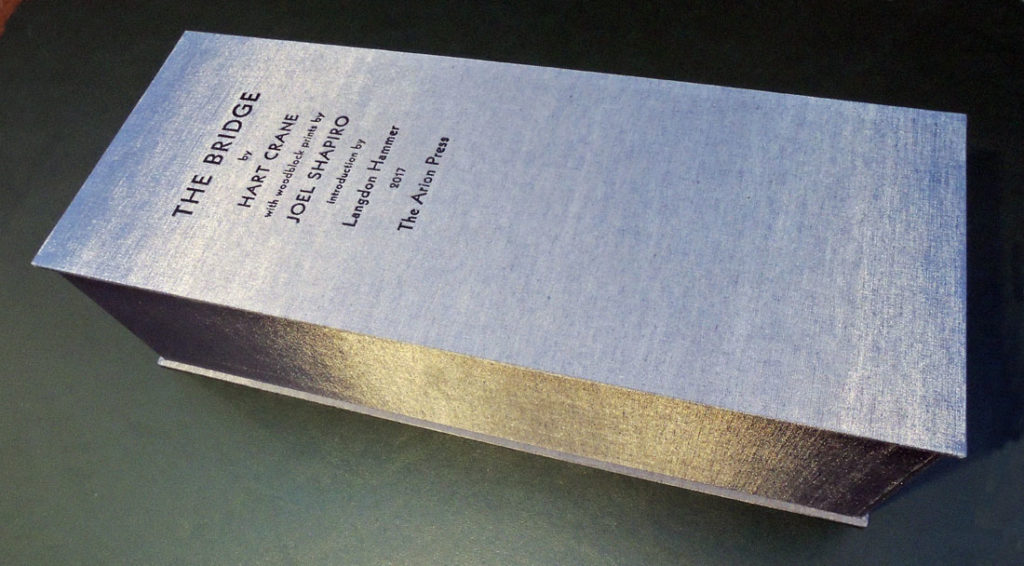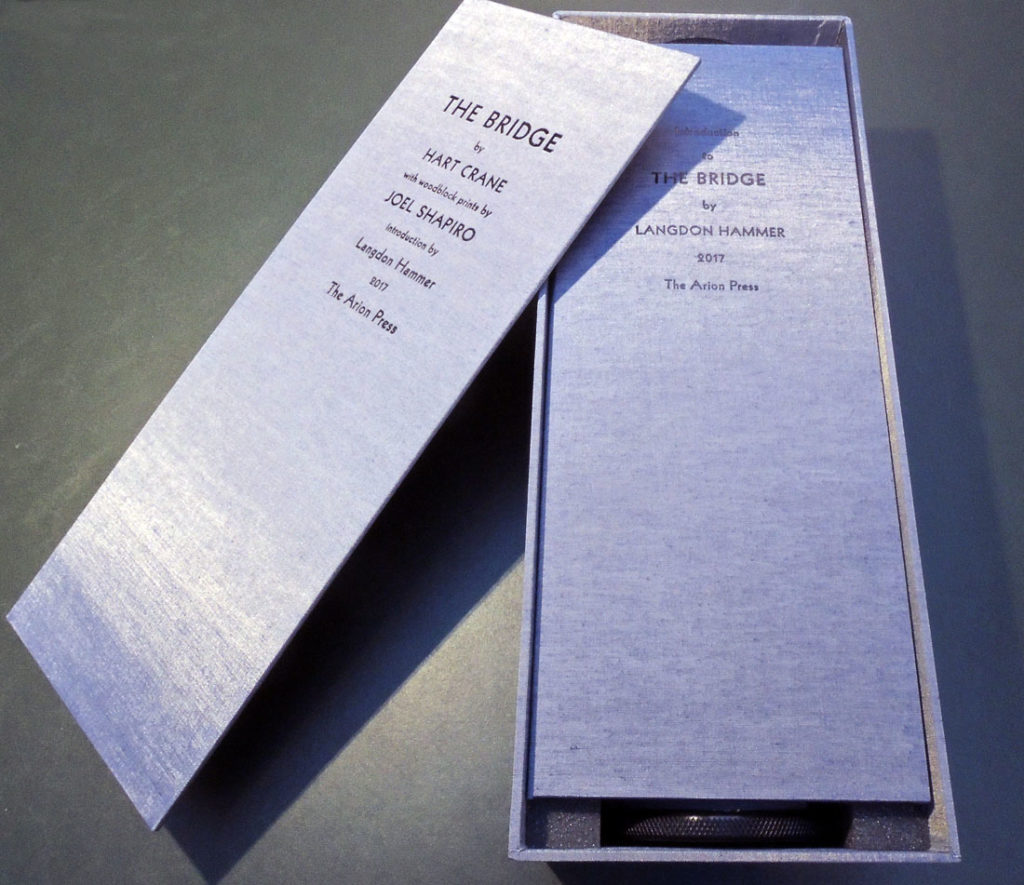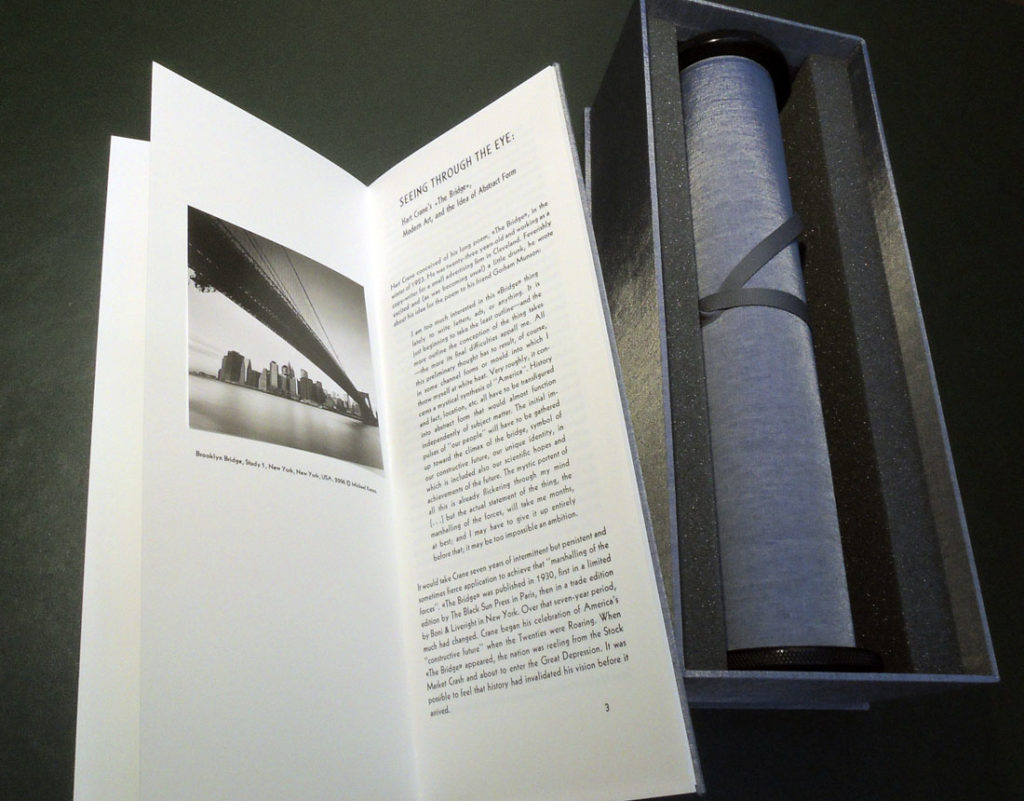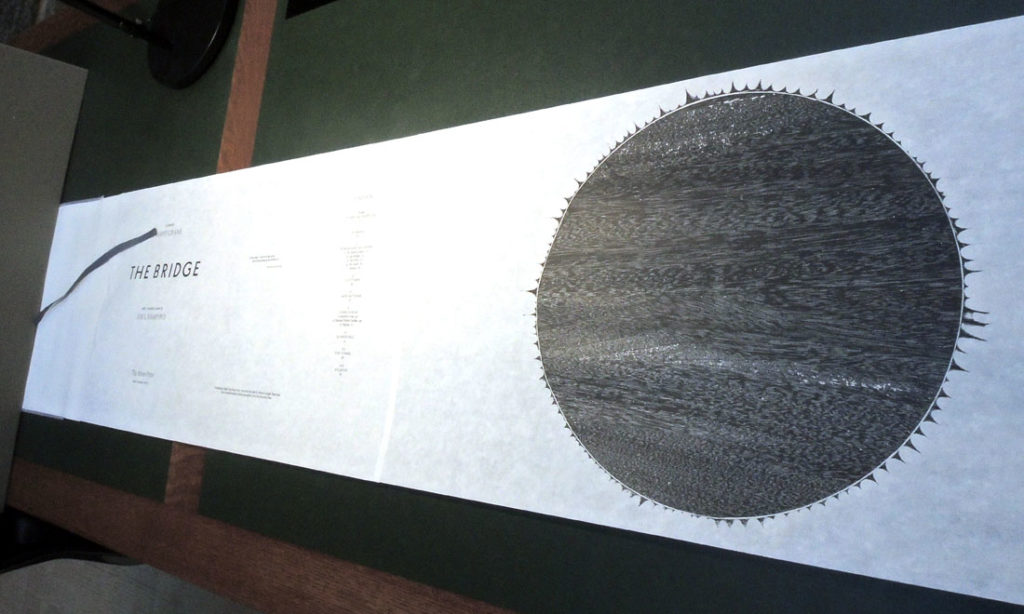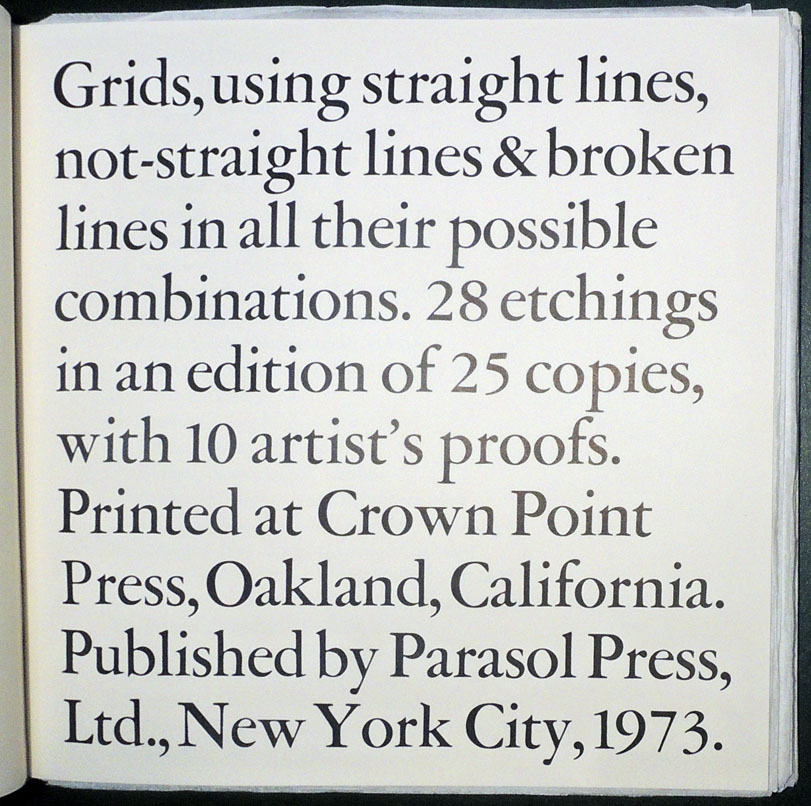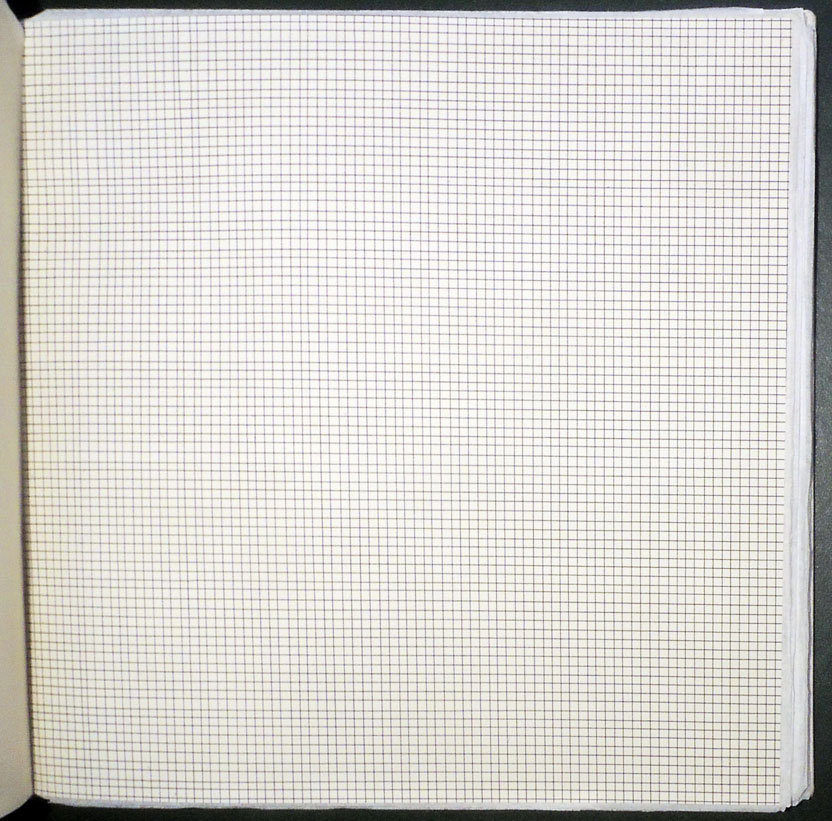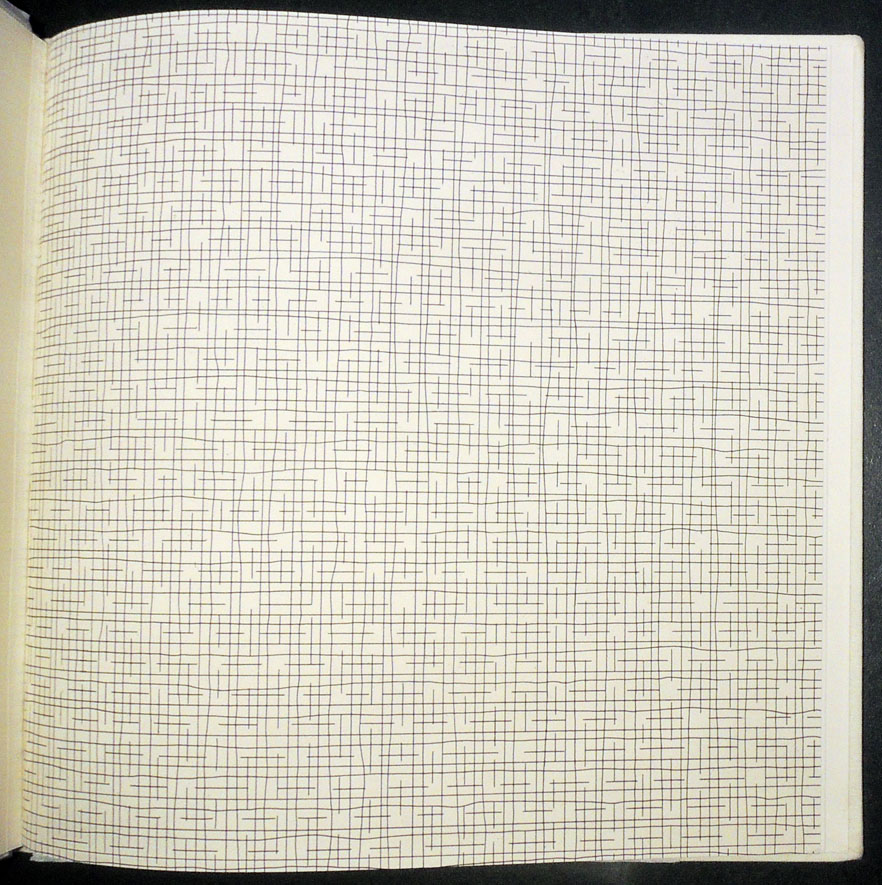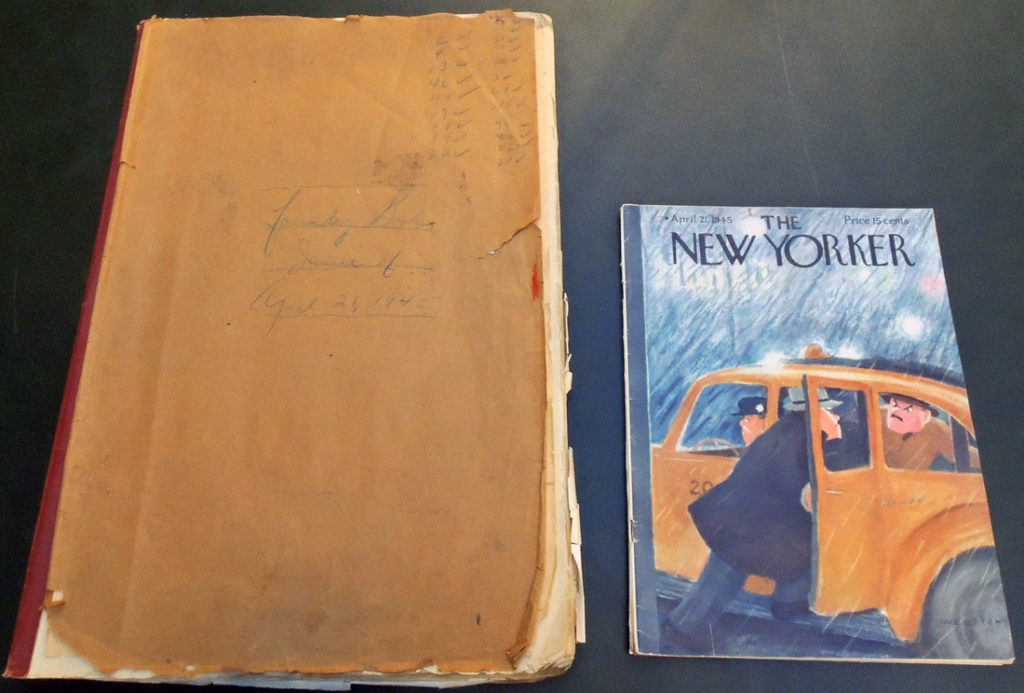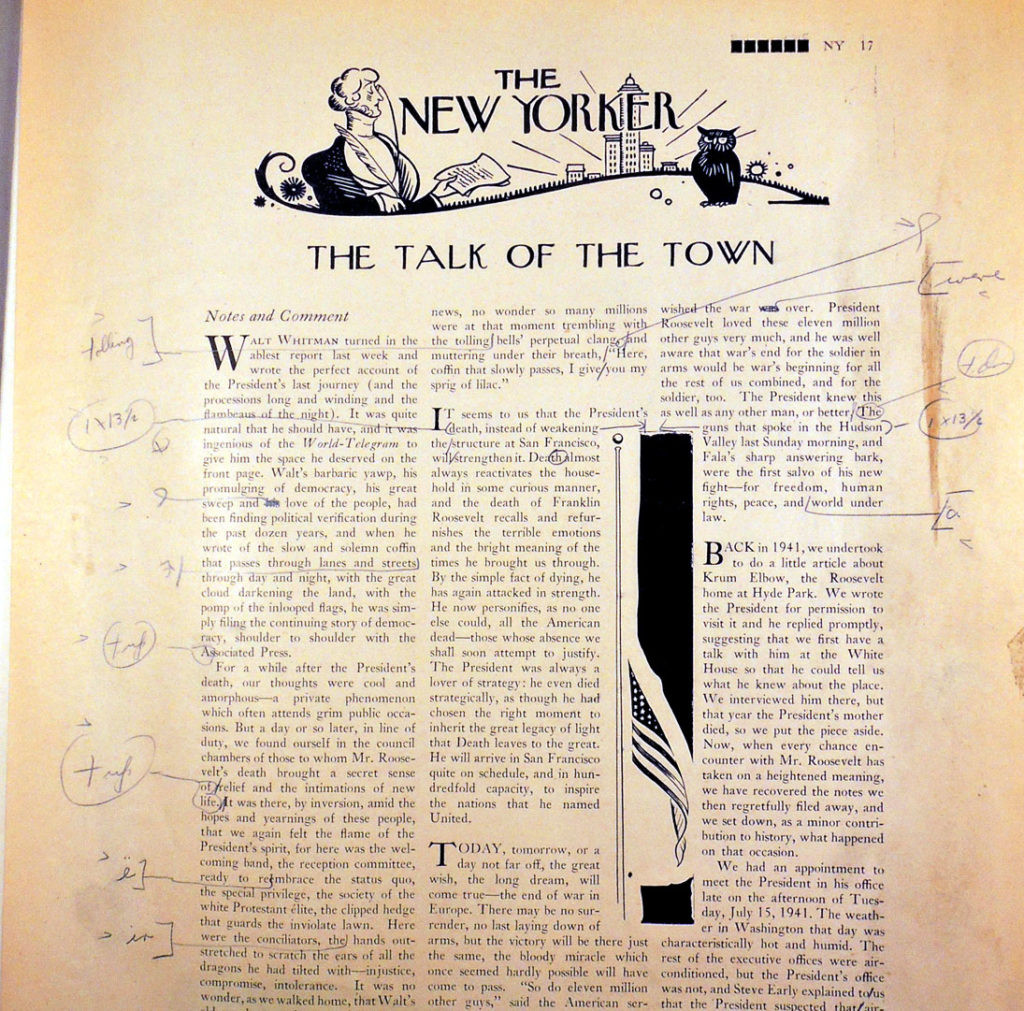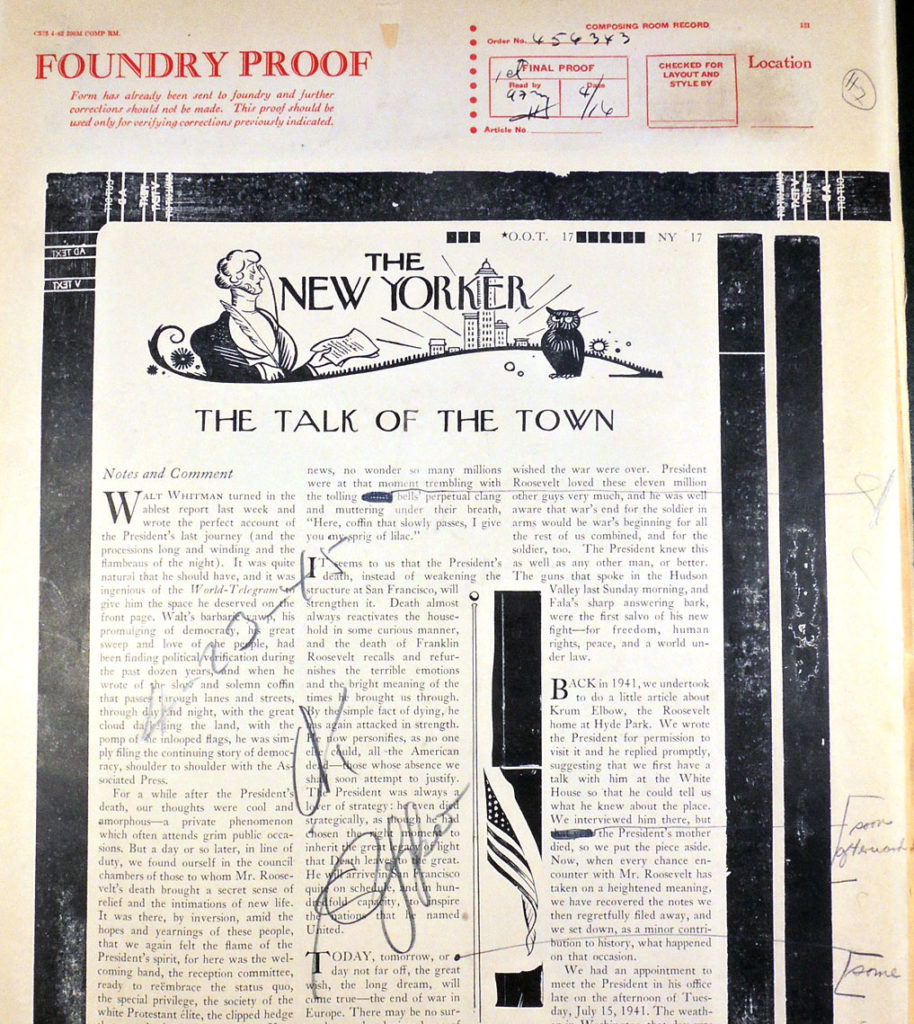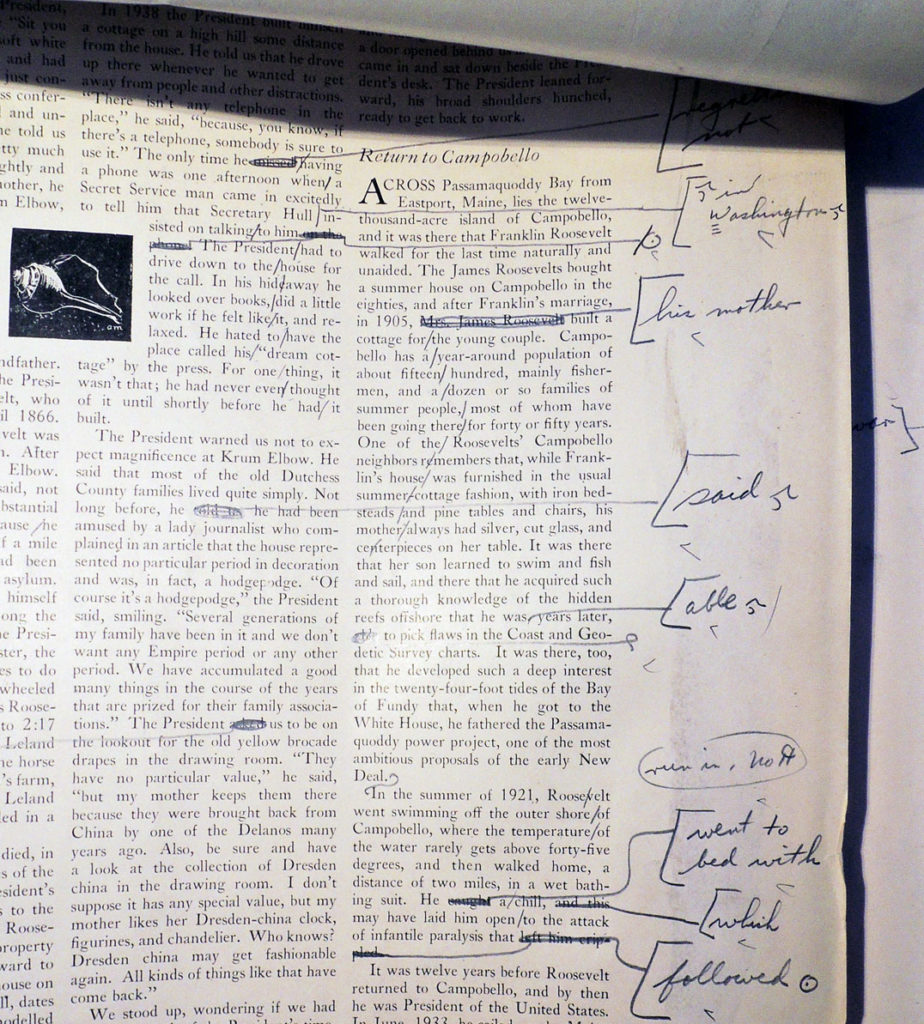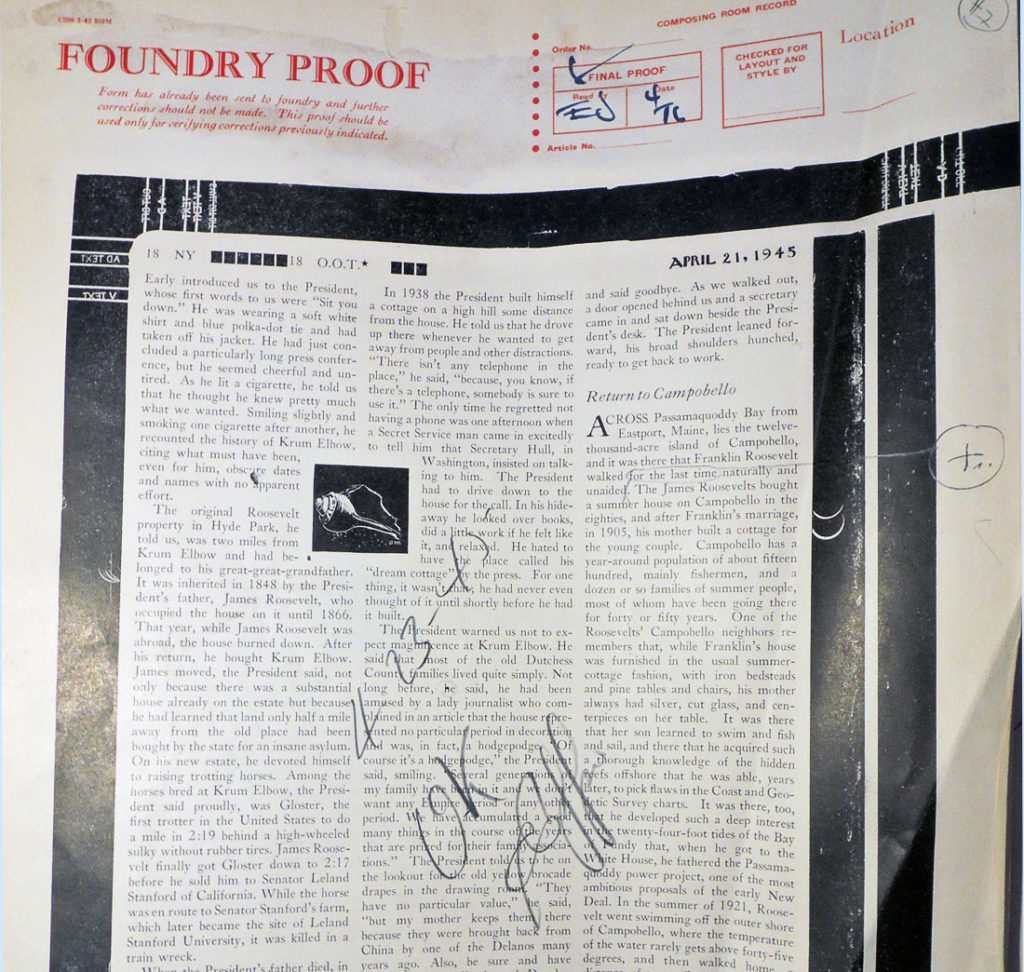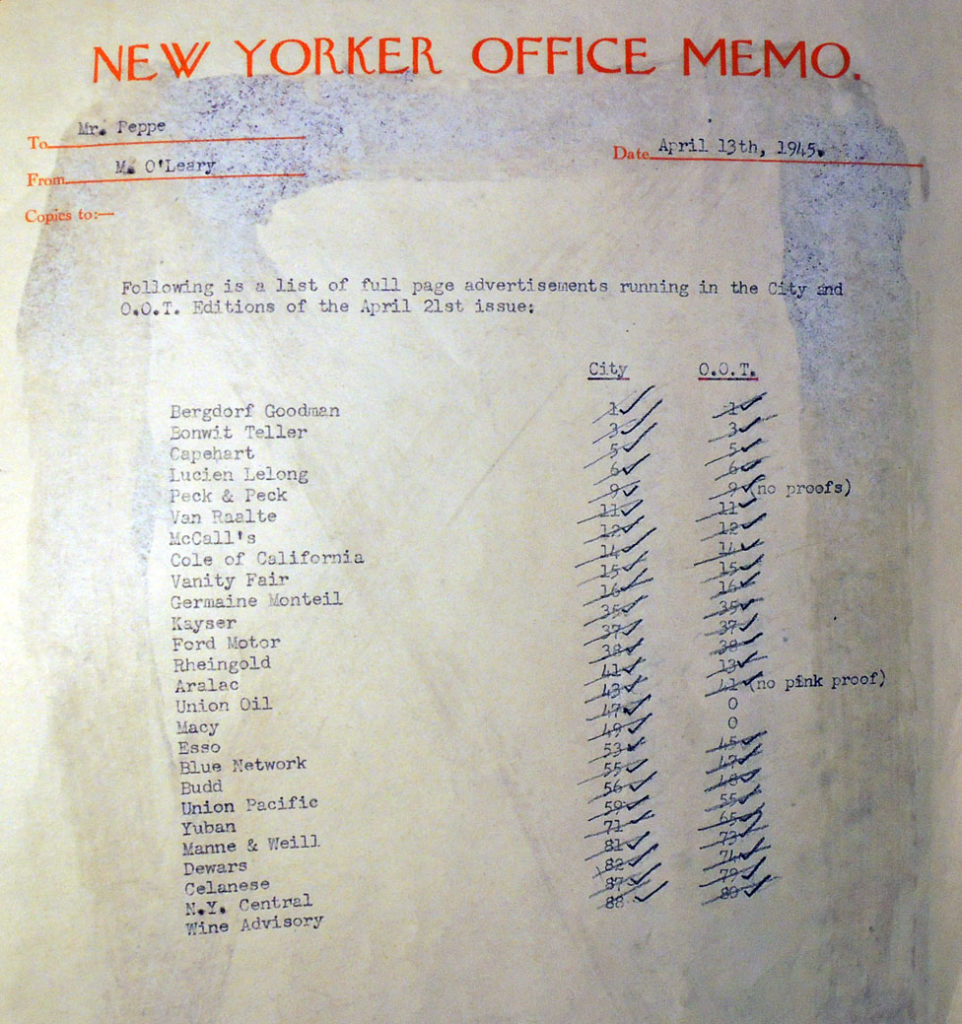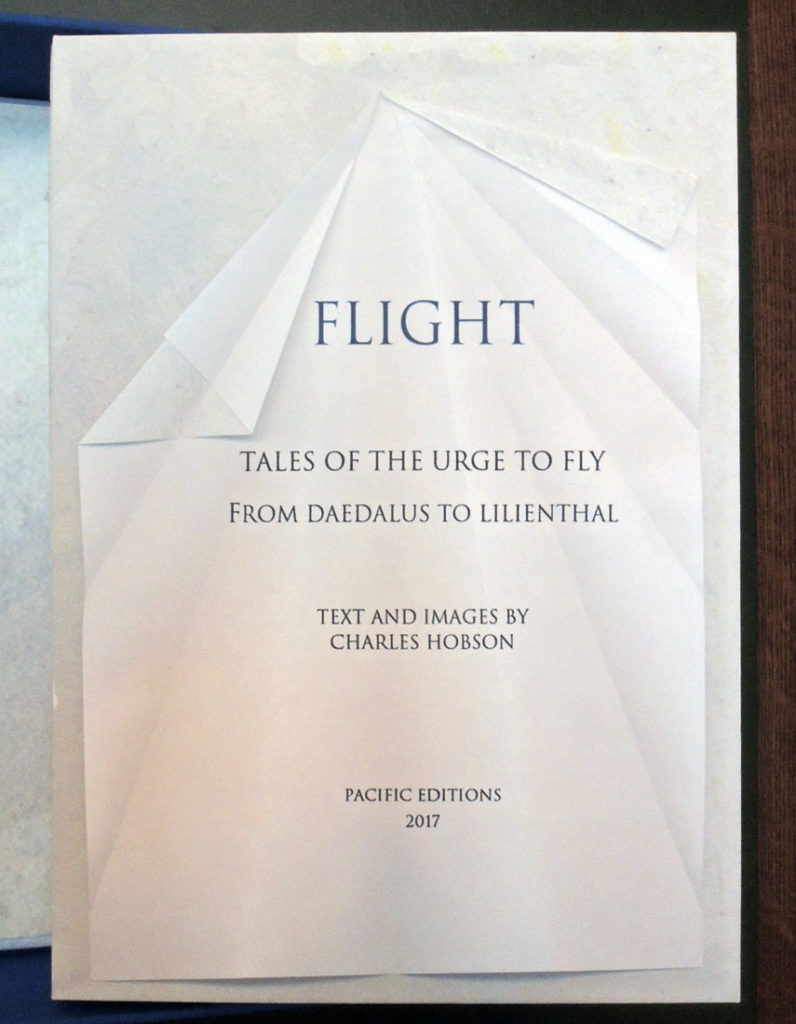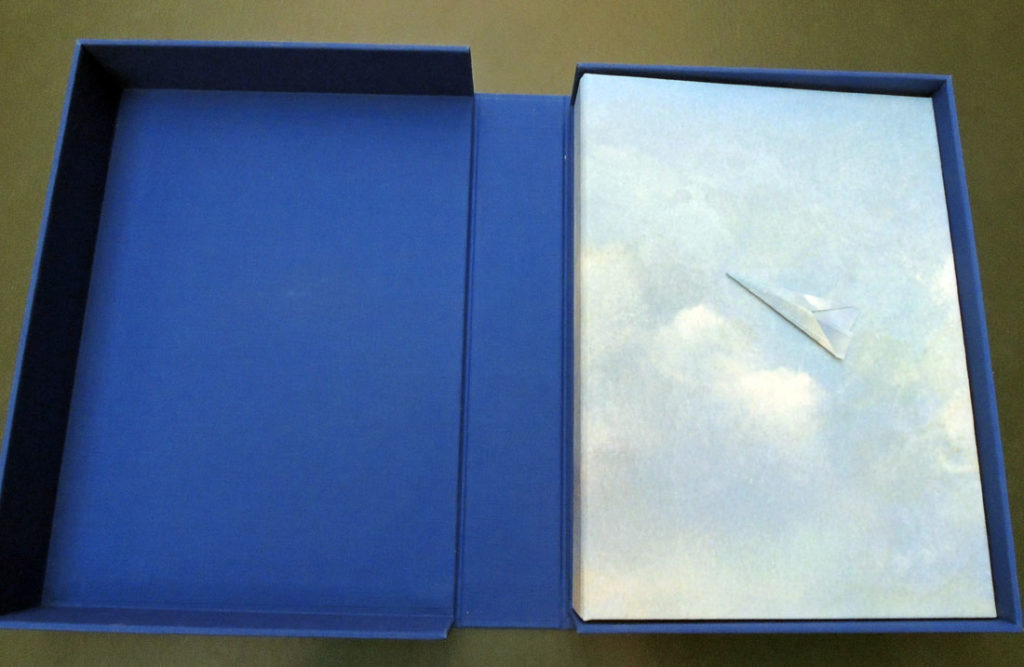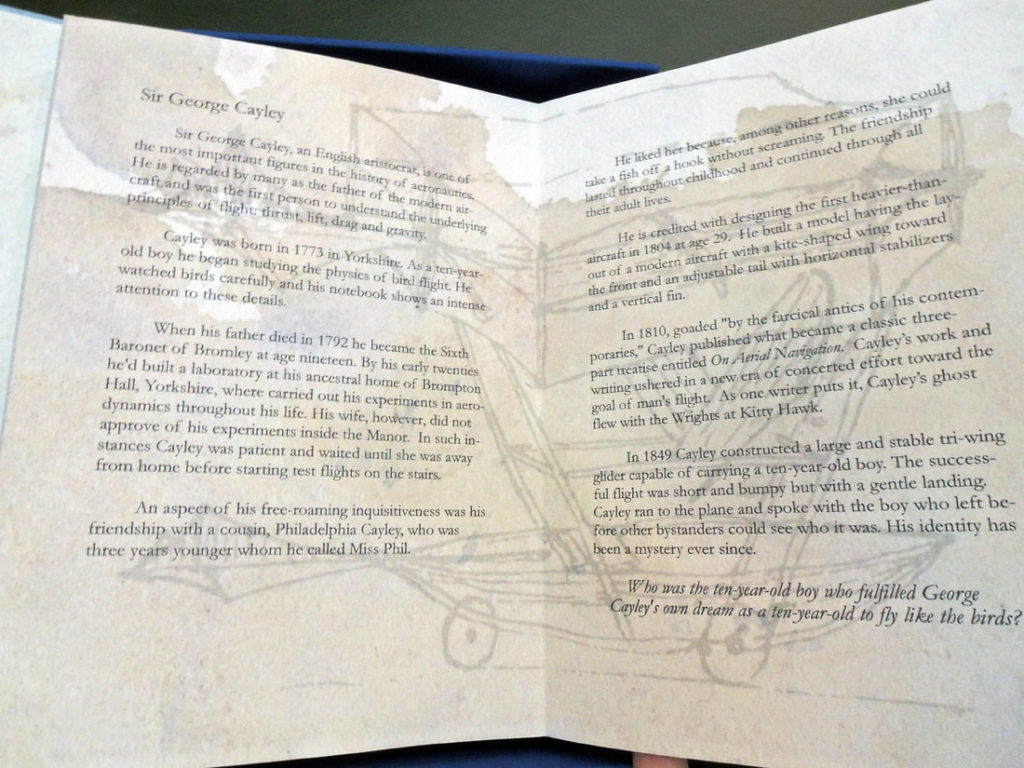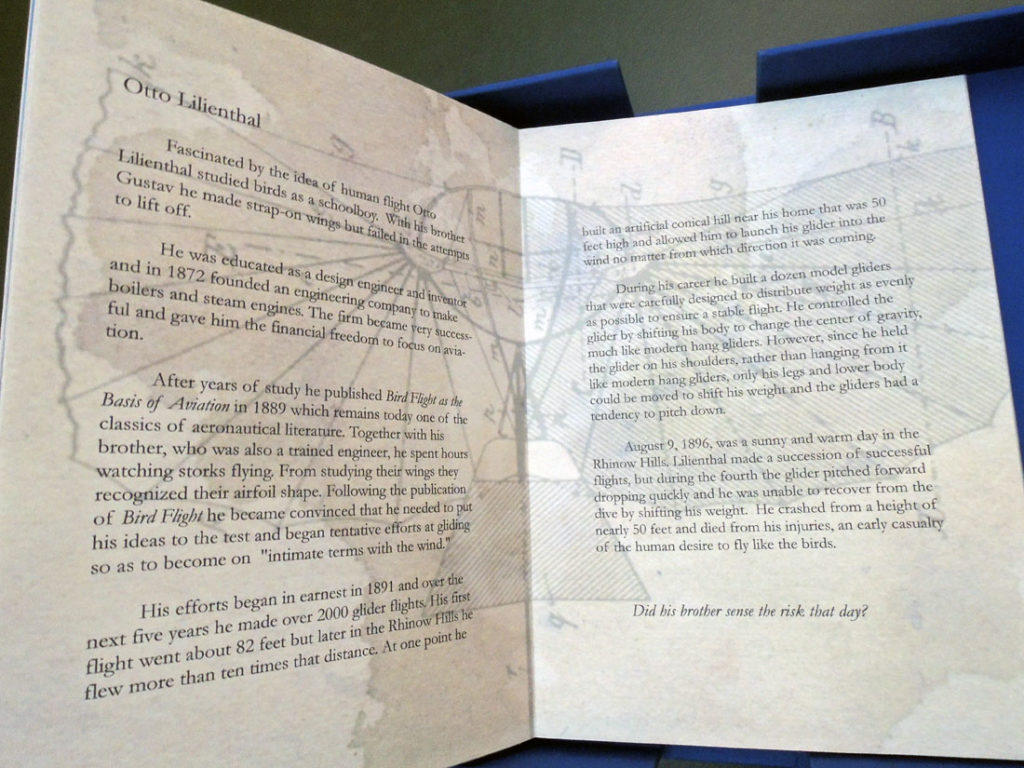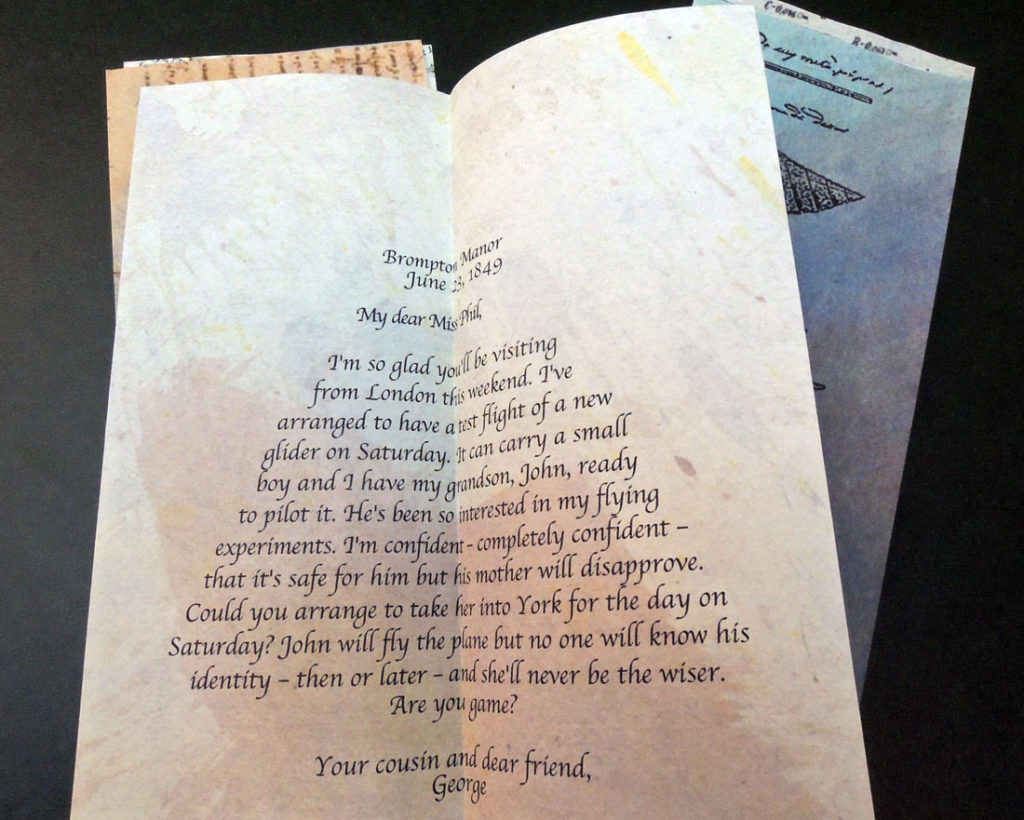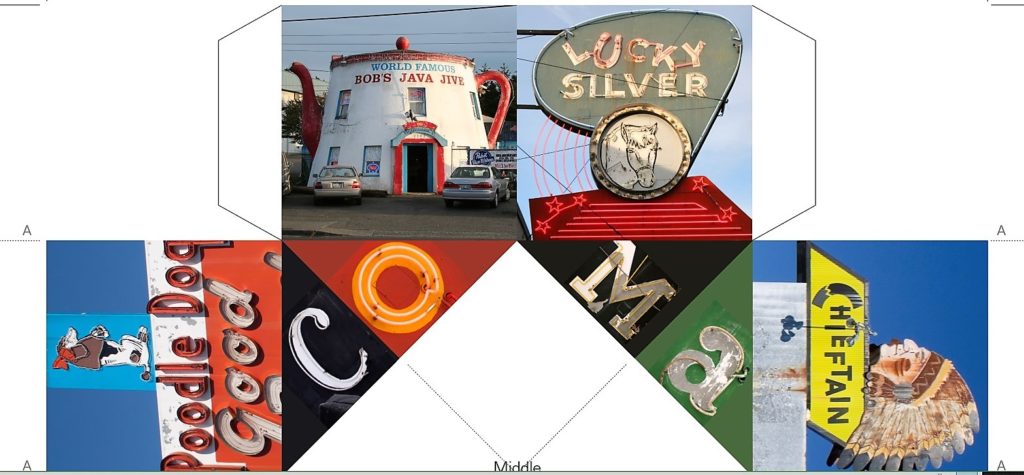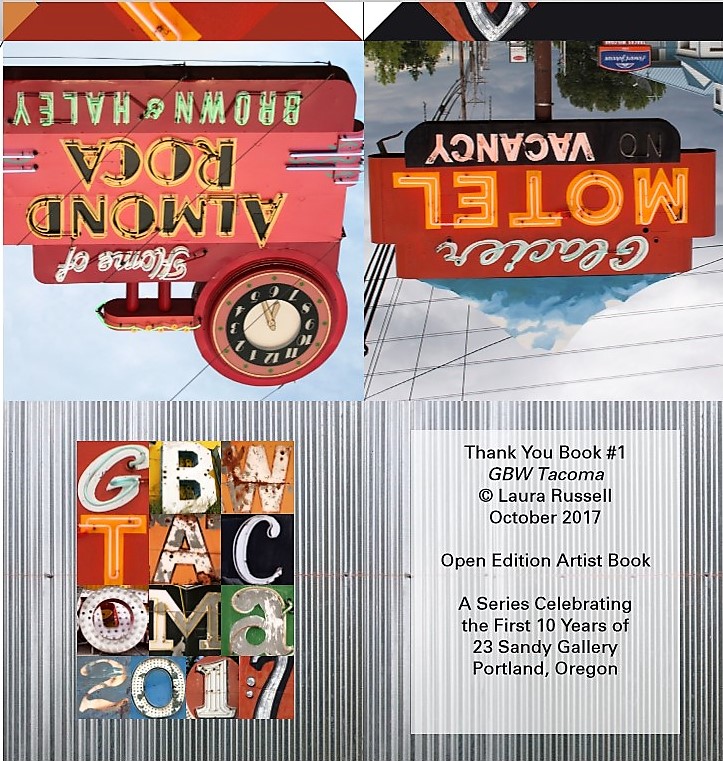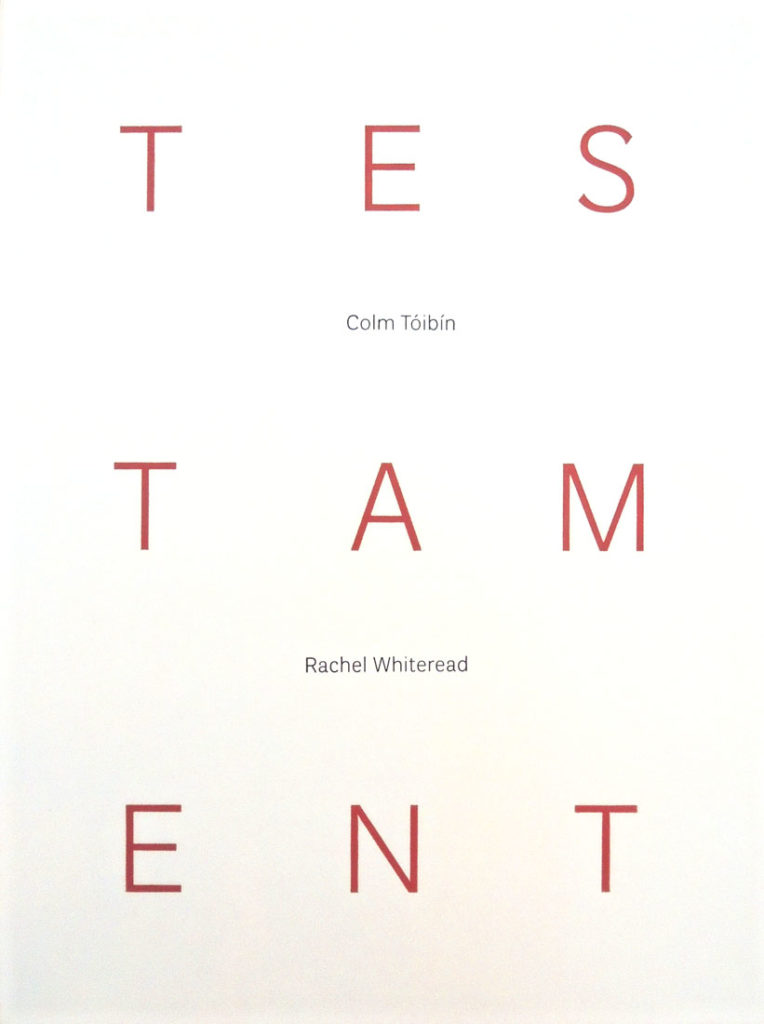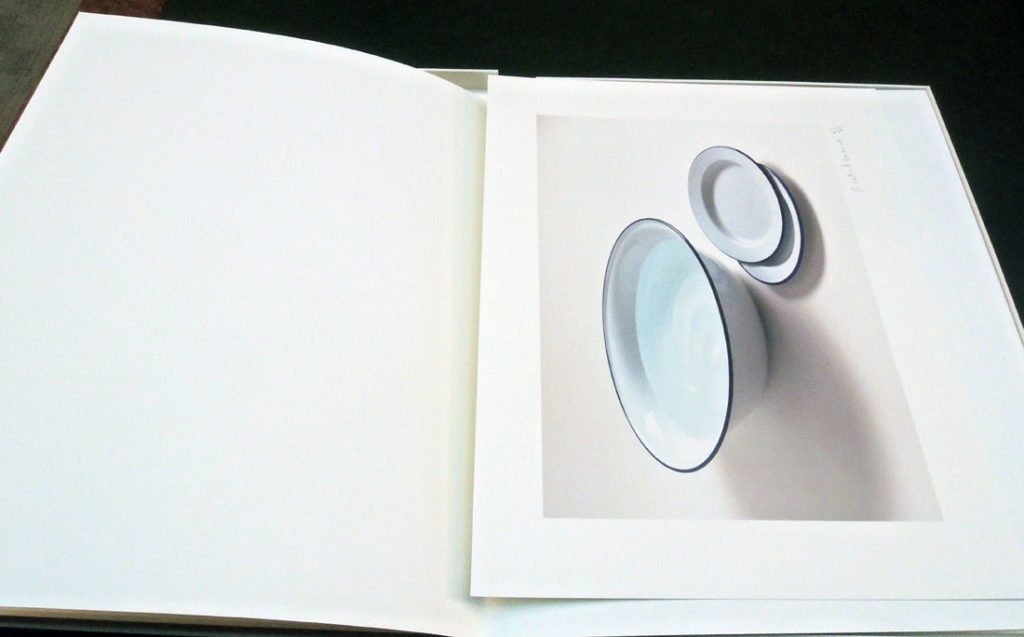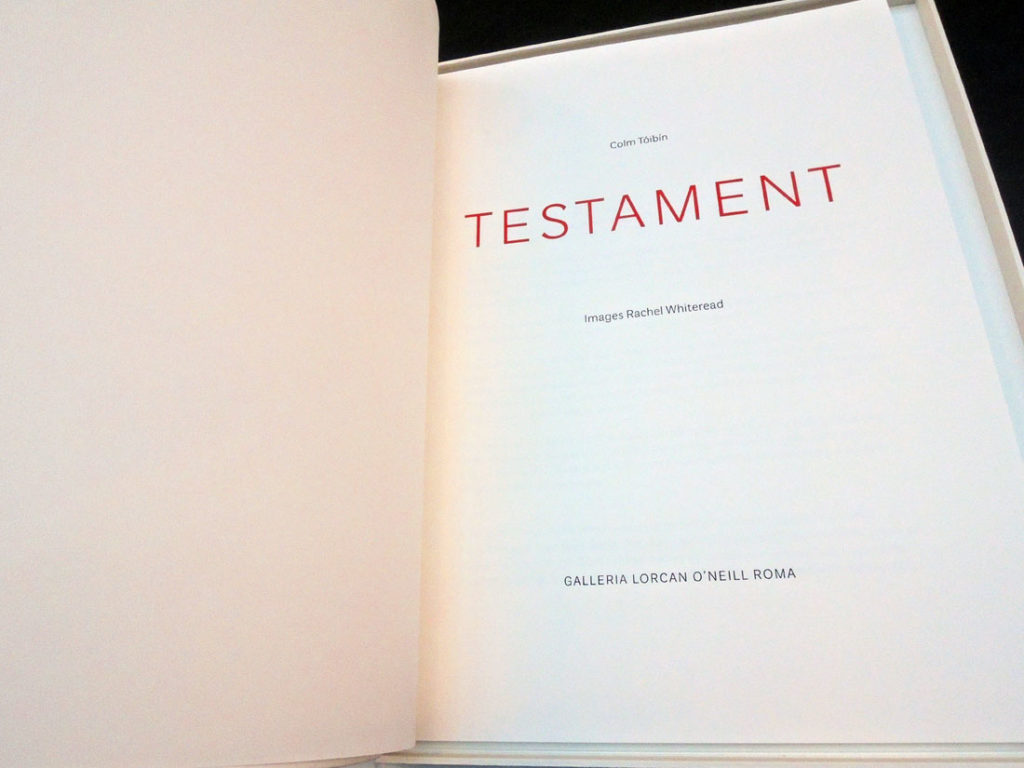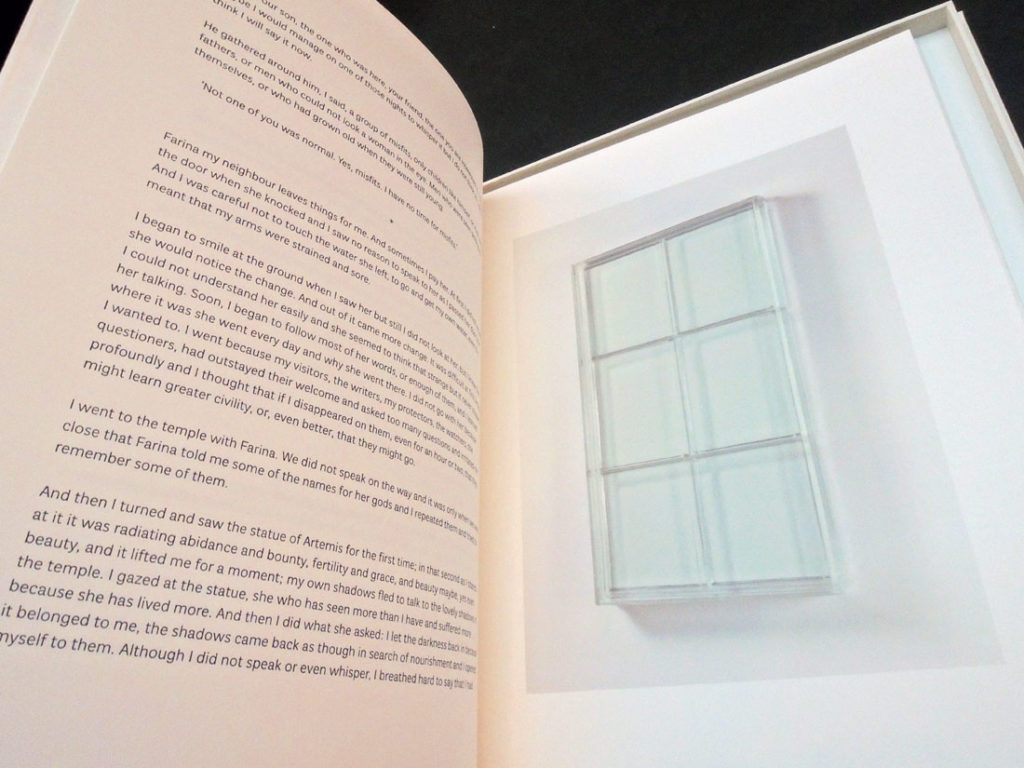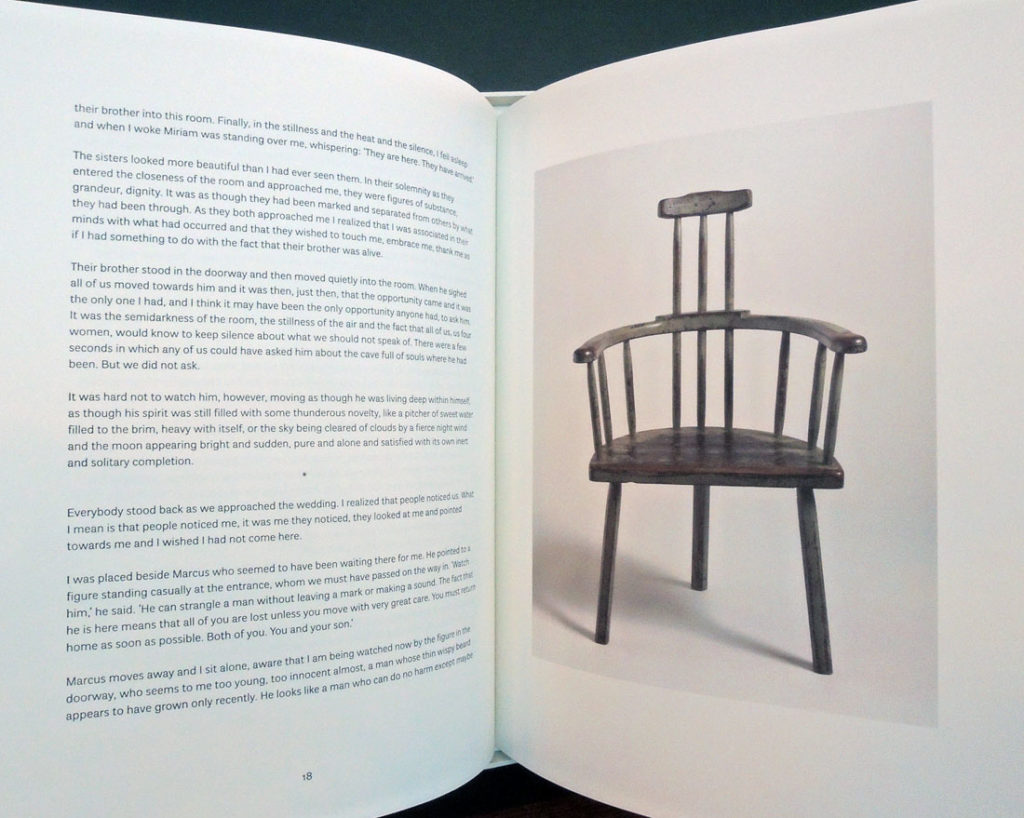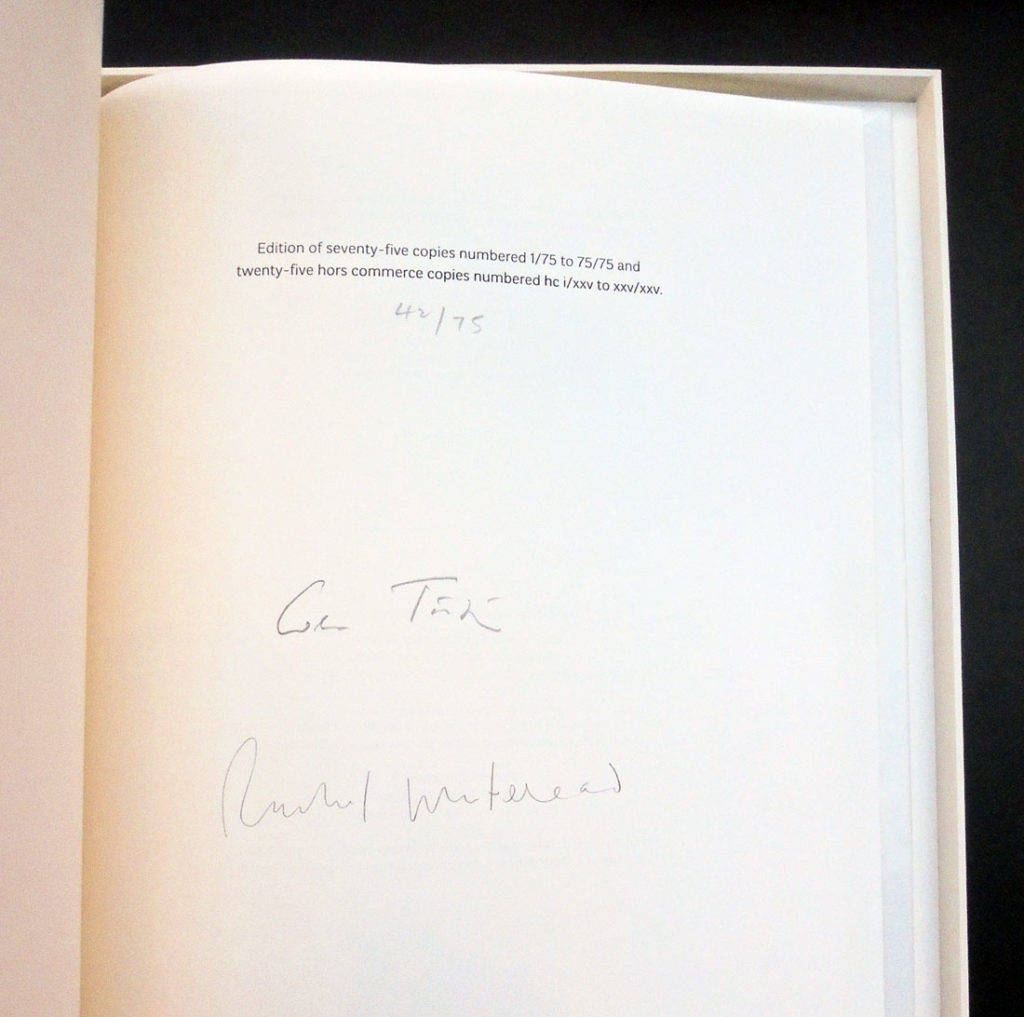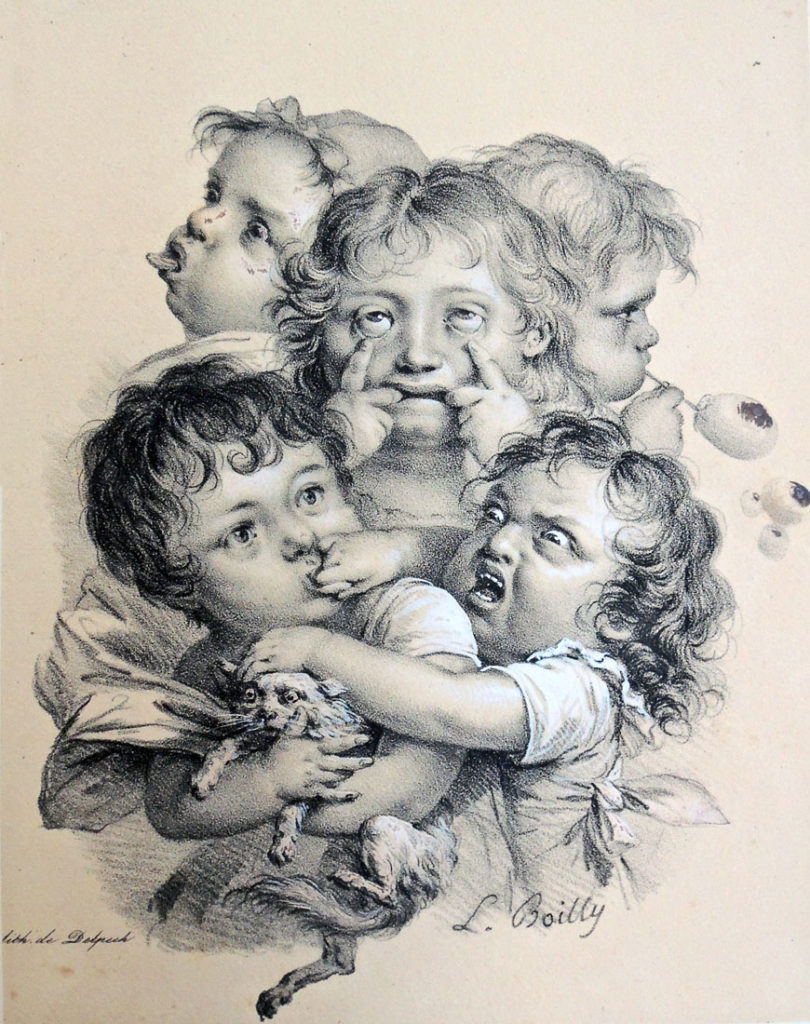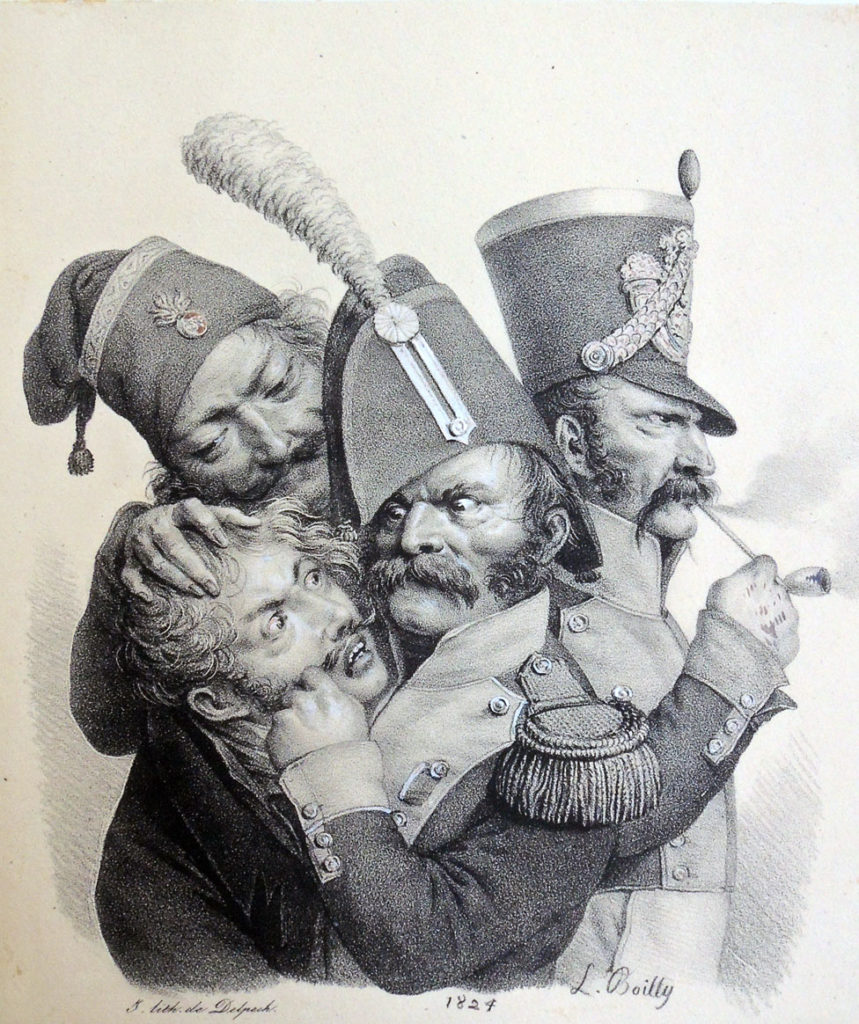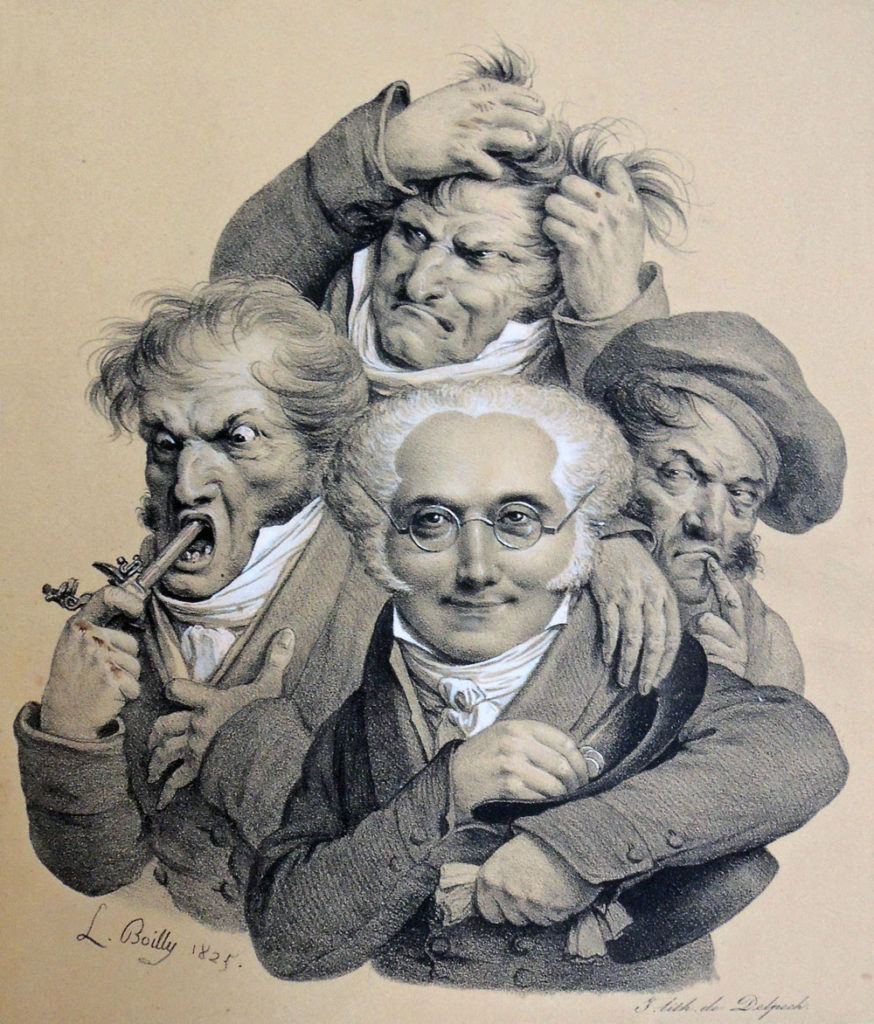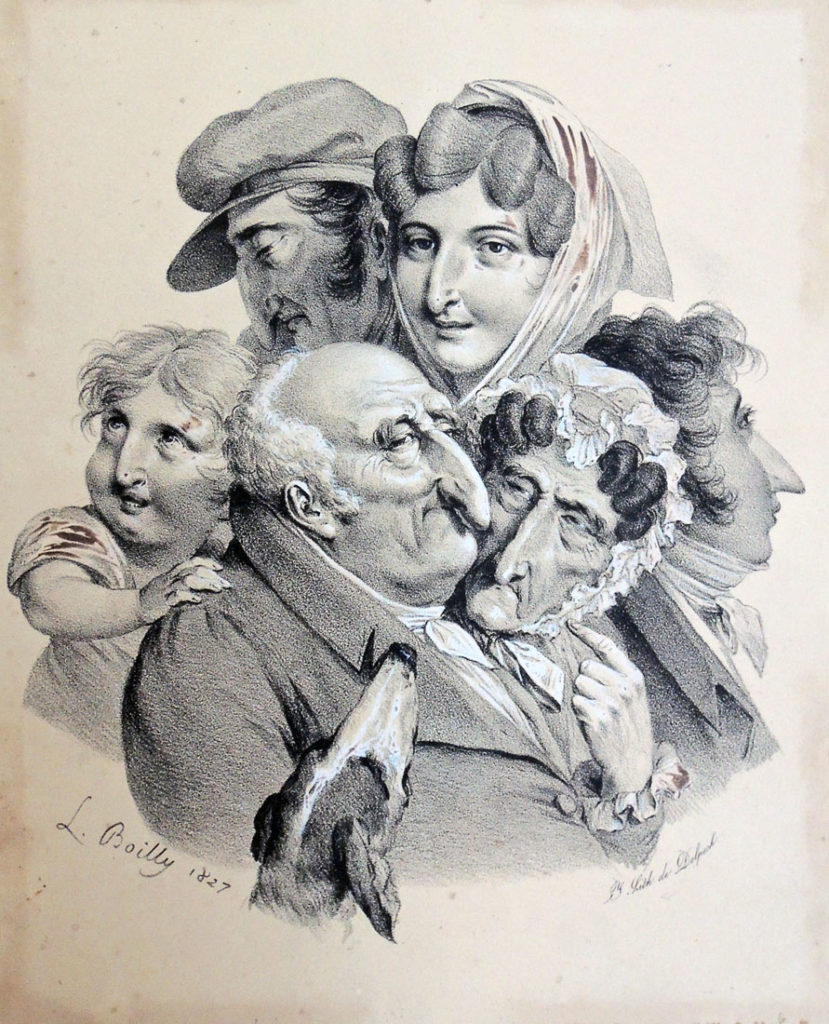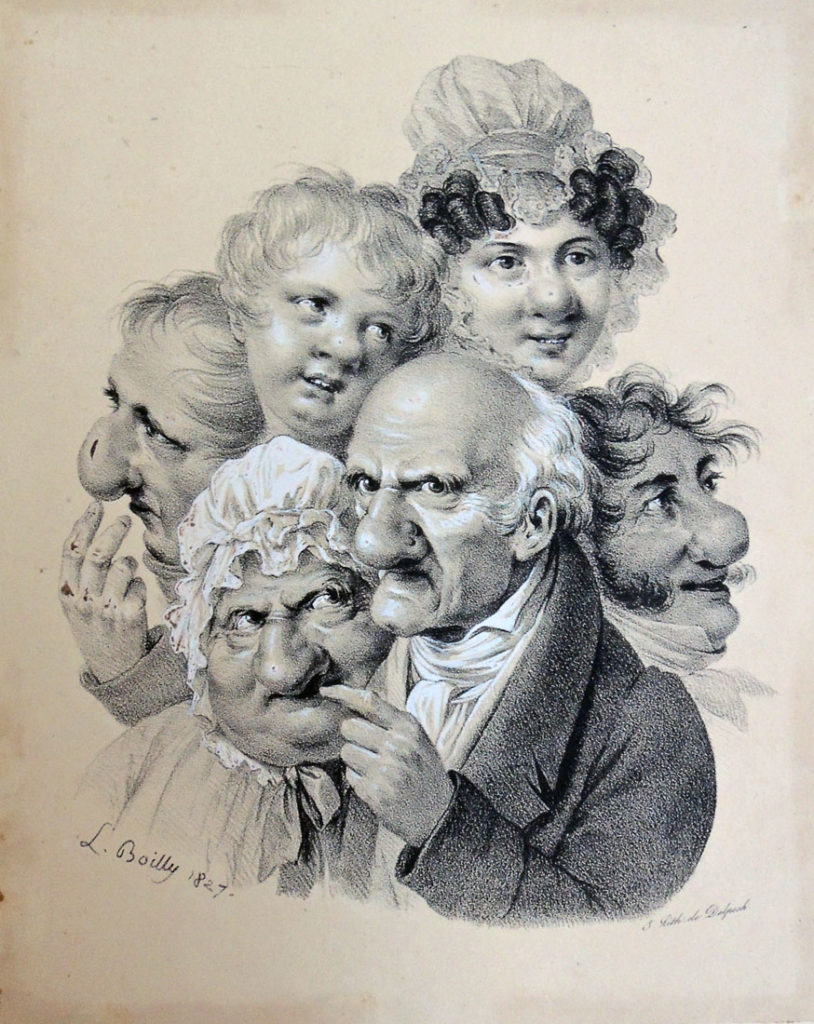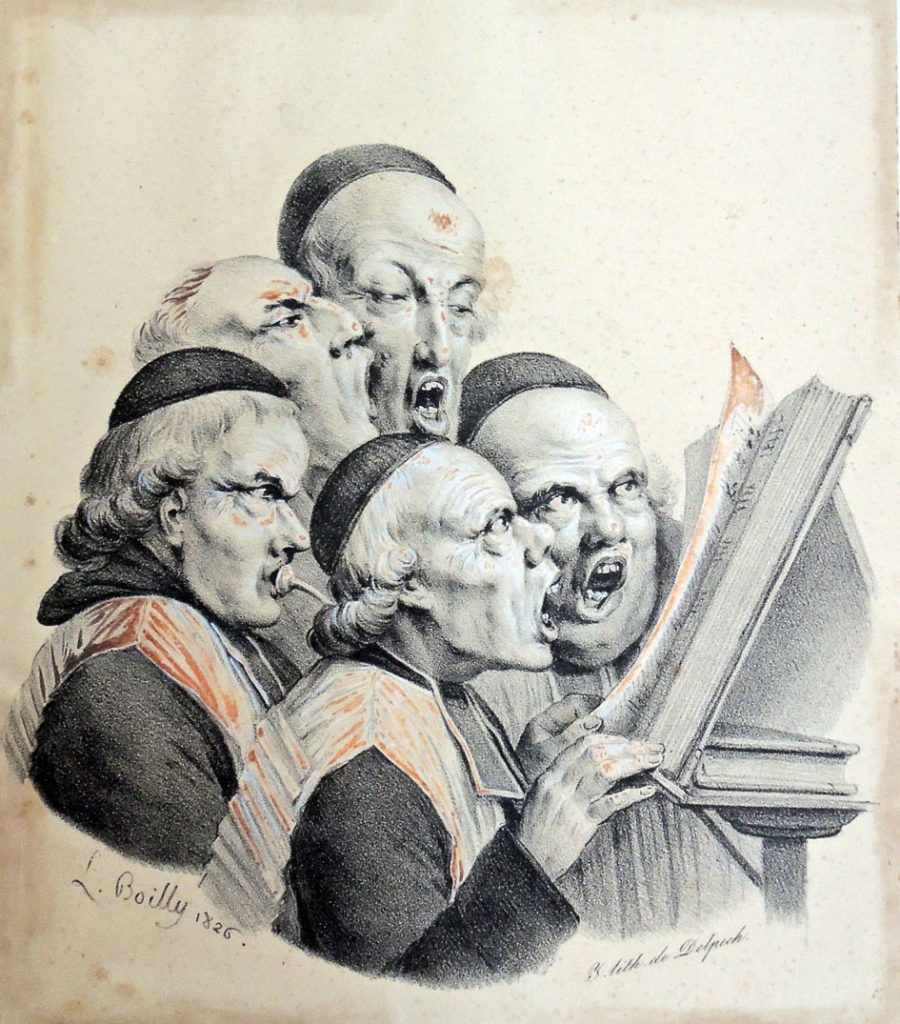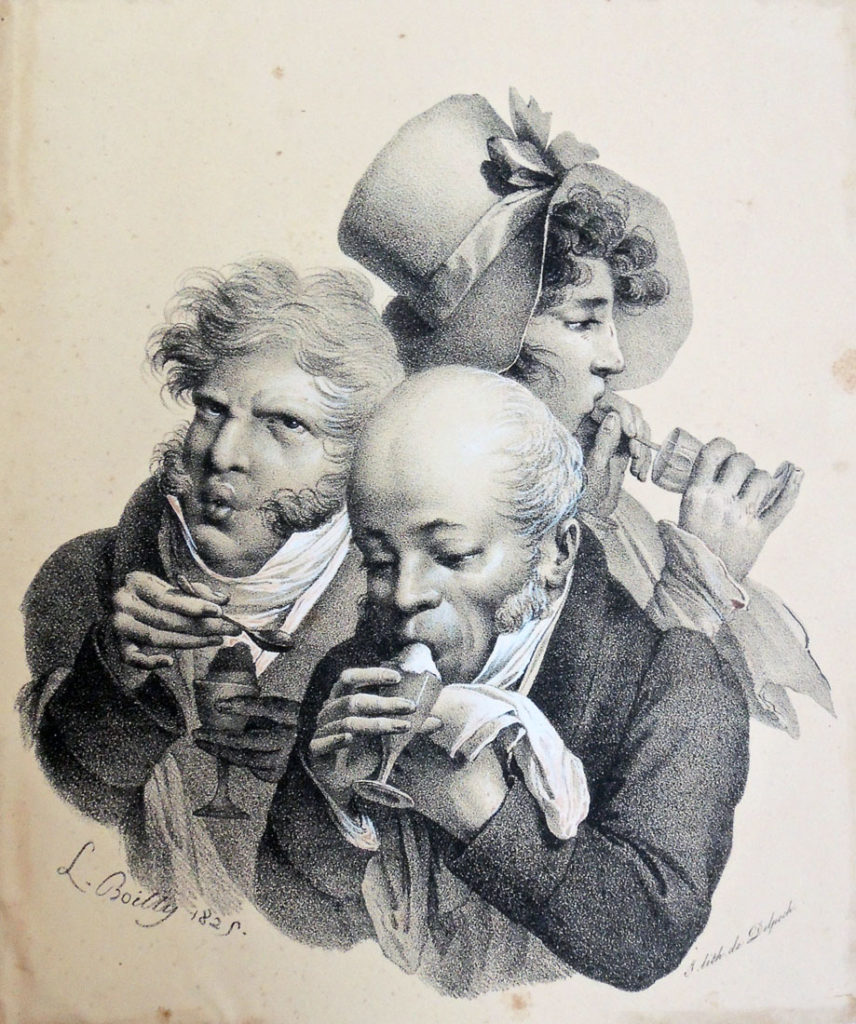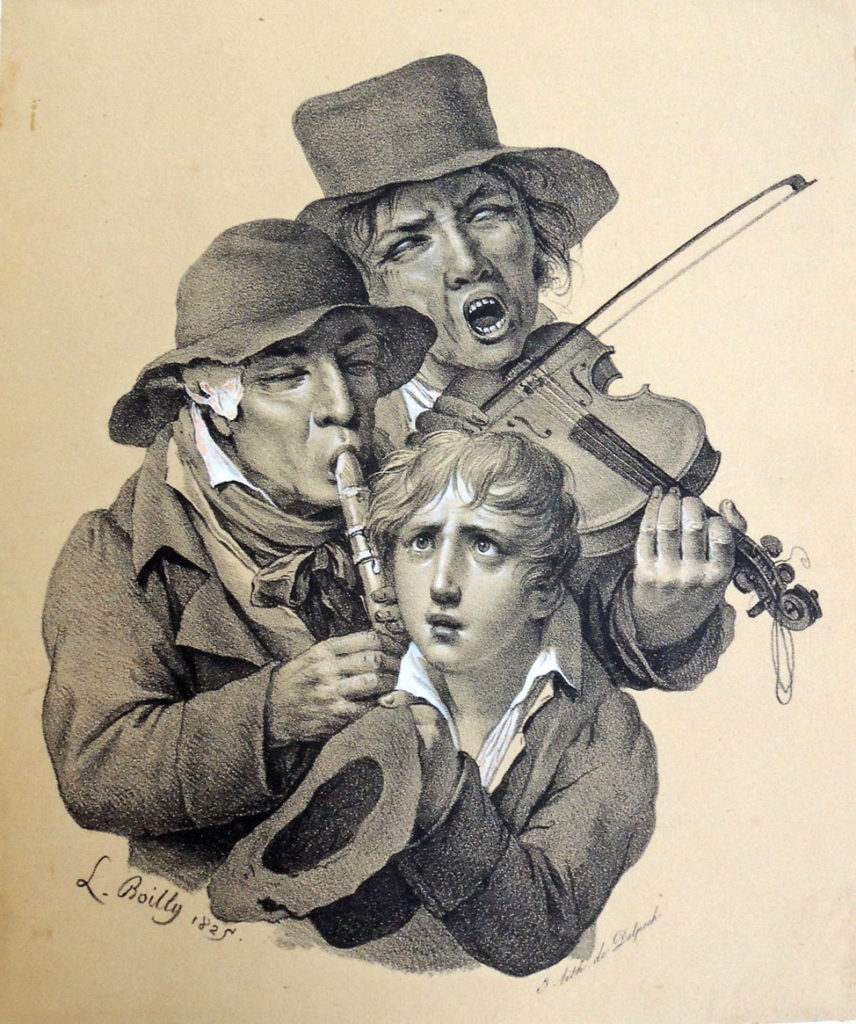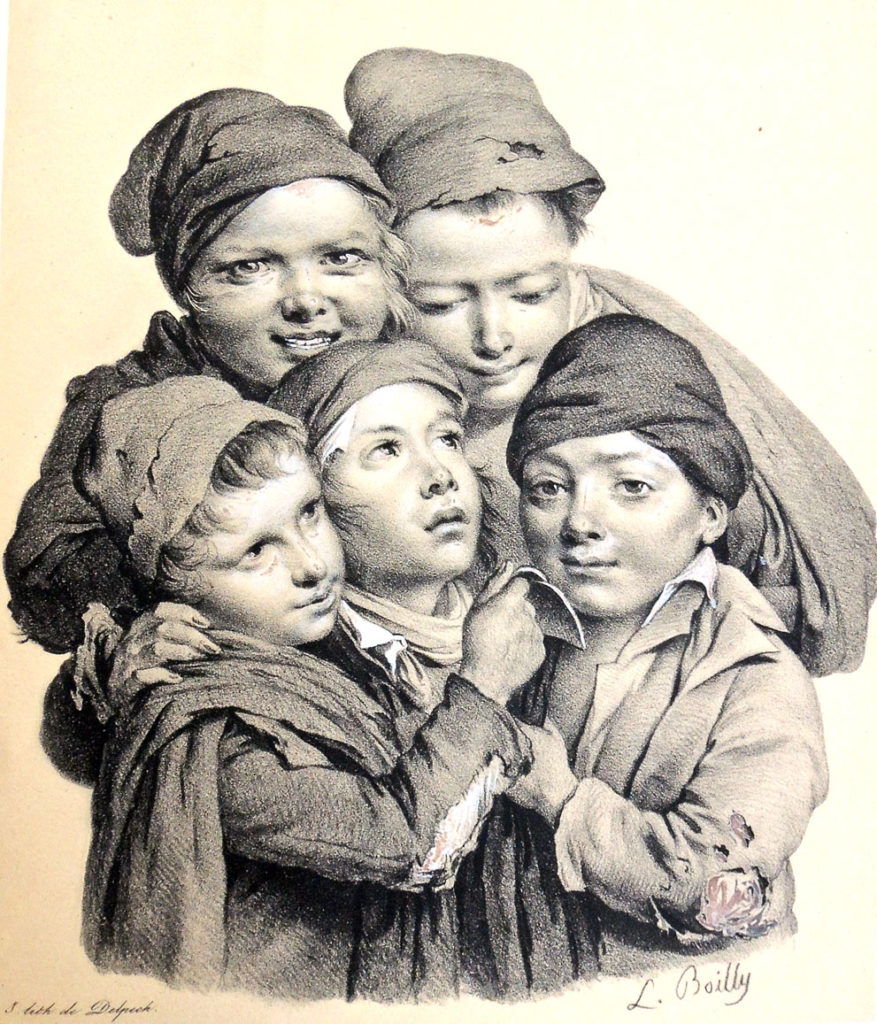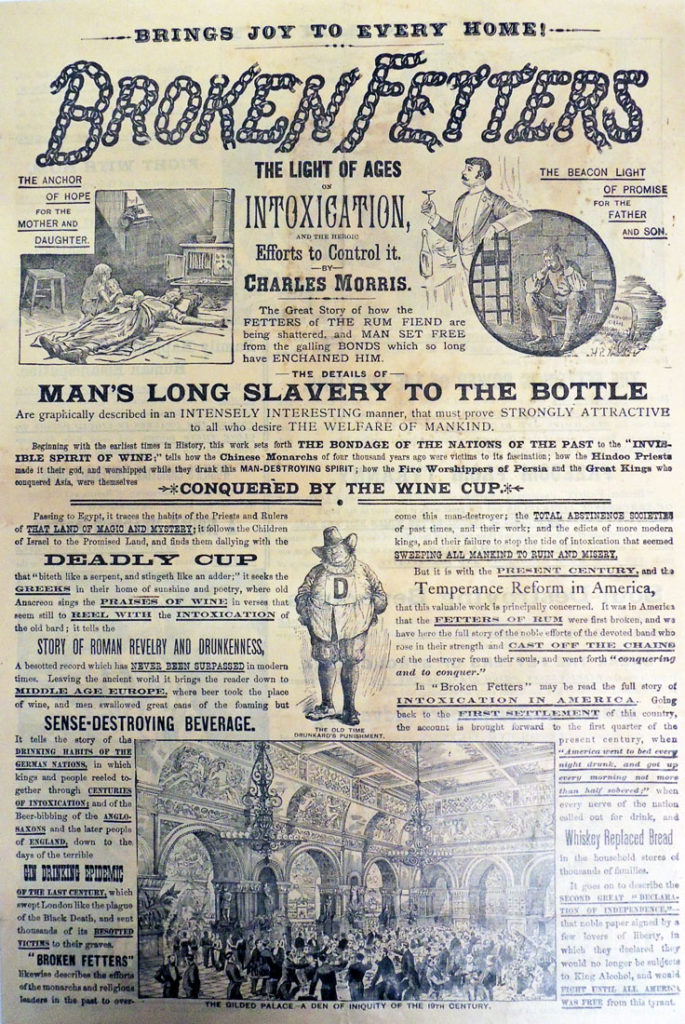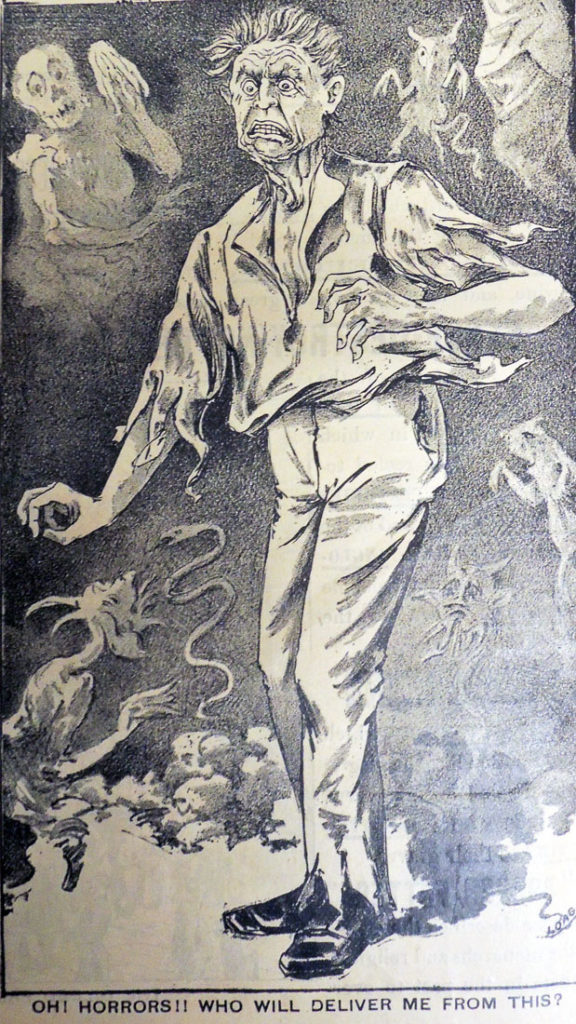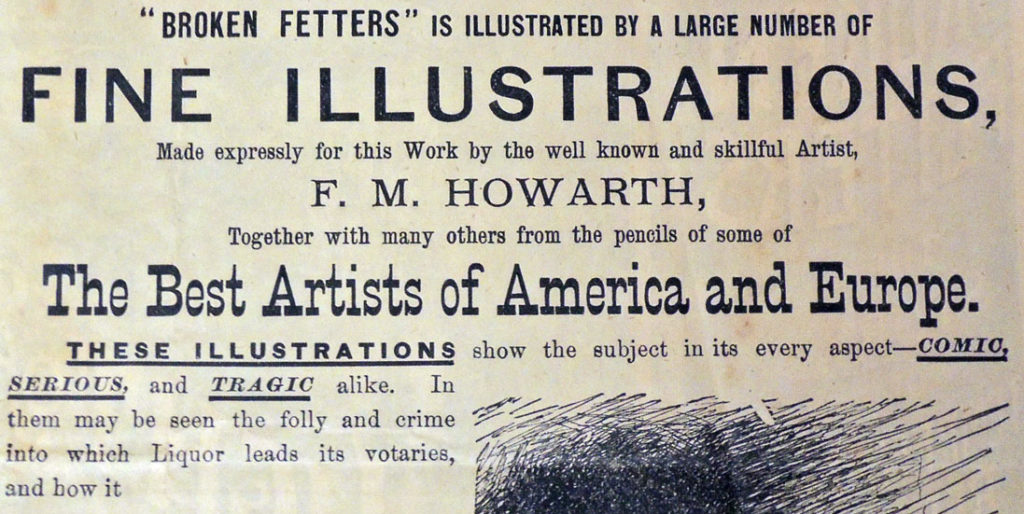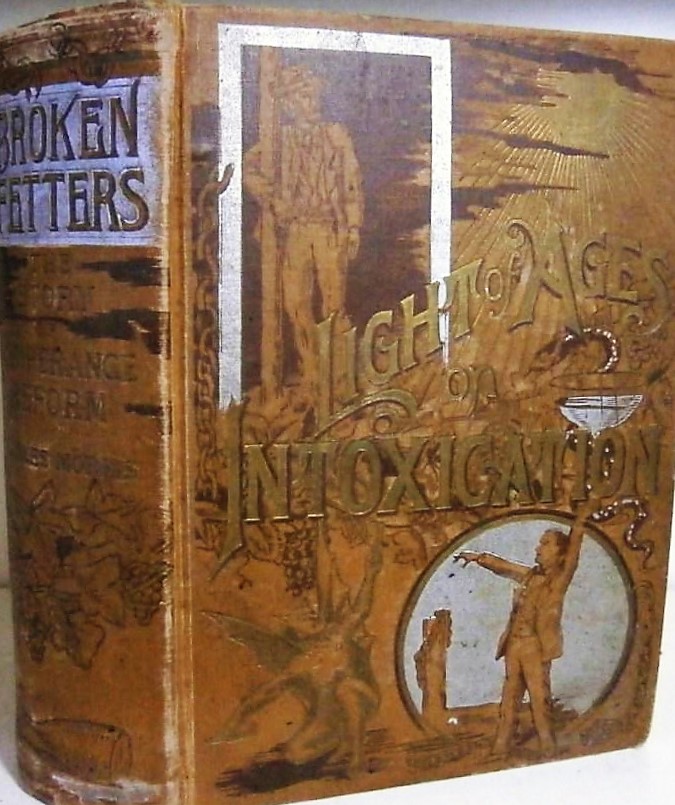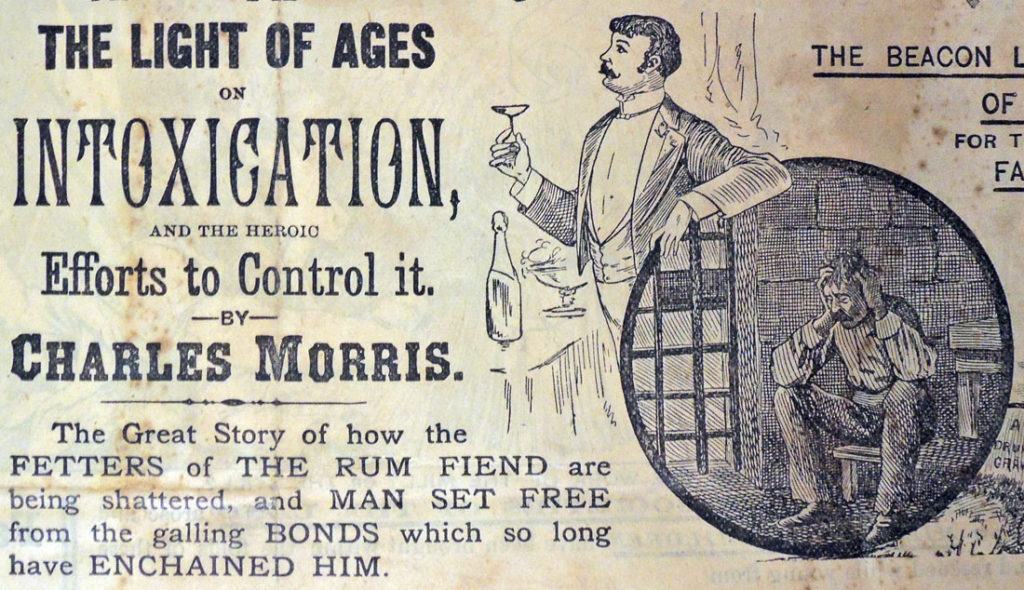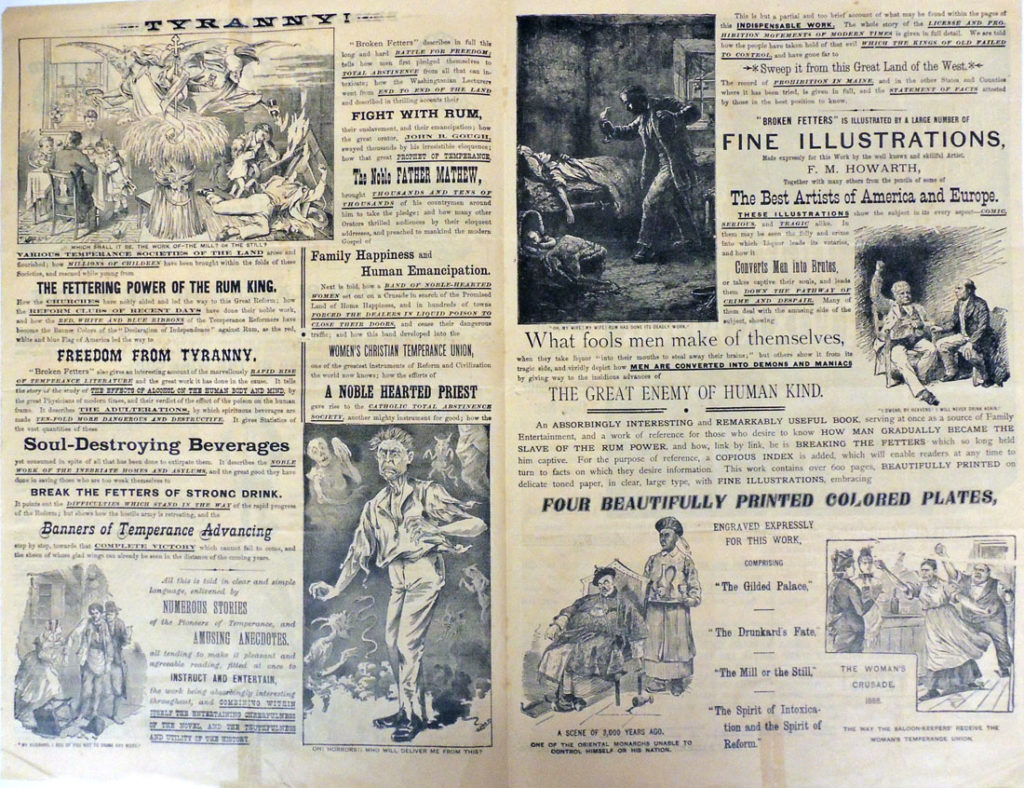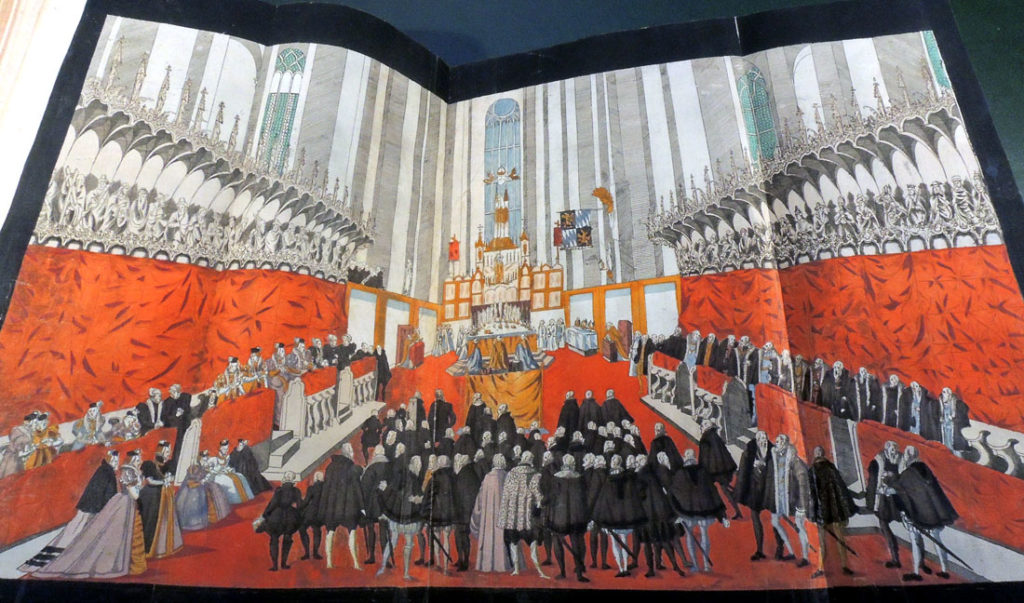 Hanns Wagner (1522-1590). Kurtze doch gegründte beschreibung des Durchleuchtigen… Fürsten… Wilhalmen Pfaltzgraven bey Rhein Hertzogen inn Obern und Nidern Bairen Und derselben geliebsten Gemahel der… Fürstin… Renata gebornne Hertzogin zu Lottringen… gehalten Hochzeitlichen Ehren Fests… Auch welcher gestalt die darauff geladnen Potentaten und Fürsten Personlich oder durch ire abgesandte Potschafften erschinen. Und dann was für Herrliche Ritterspil zu Ross und Fuess mit Thurnieren Rennen und Stechen. Neben andern vil ehrlichen kurtzweilen mit grossen freuden Triumph und kostlichkait in der Fürstlichen Haubtstat München gehalten worden sein den zwenundzwaintzigisten und nachvolgende tag Februarii Im 1568 Jar 1568. Munich: Adam Berg, 1568. Purchased with funds provided by the Rare Books Division, Marquand Art and Archeology, and the Graphic Arts Collection. Rare Books (EX) 2017- in process
Hanns Wagner (1522-1590). Kurtze doch gegründte beschreibung des Durchleuchtigen… Fürsten… Wilhalmen Pfaltzgraven bey Rhein Hertzogen inn Obern und Nidern Bairen Und derselben geliebsten Gemahel der… Fürstin… Renata gebornne Hertzogin zu Lottringen… gehalten Hochzeitlichen Ehren Fests… Auch welcher gestalt die darauff geladnen Potentaten und Fürsten Personlich oder durch ire abgesandte Potschafften erschinen. Und dann was für Herrliche Ritterspil zu Ross und Fuess mit Thurnieren Rennen und Stechen. Neben andern vil ehrlichen kurtzweilen mit grossen freuden Triumph und kostlichkait in der Fürstlichen Haubtstat München gehalten worden sein den zwenundzwaintzigisten und nachvolgende tag Februarii Im 1568 Jar 1568. Munich: Adam Berg, 1568. Purchased with funds provided by the Rare Books Division, Marquand Art and Archeology, and the Graphic Arts Collection. Rare Books (EX) 2017- in process
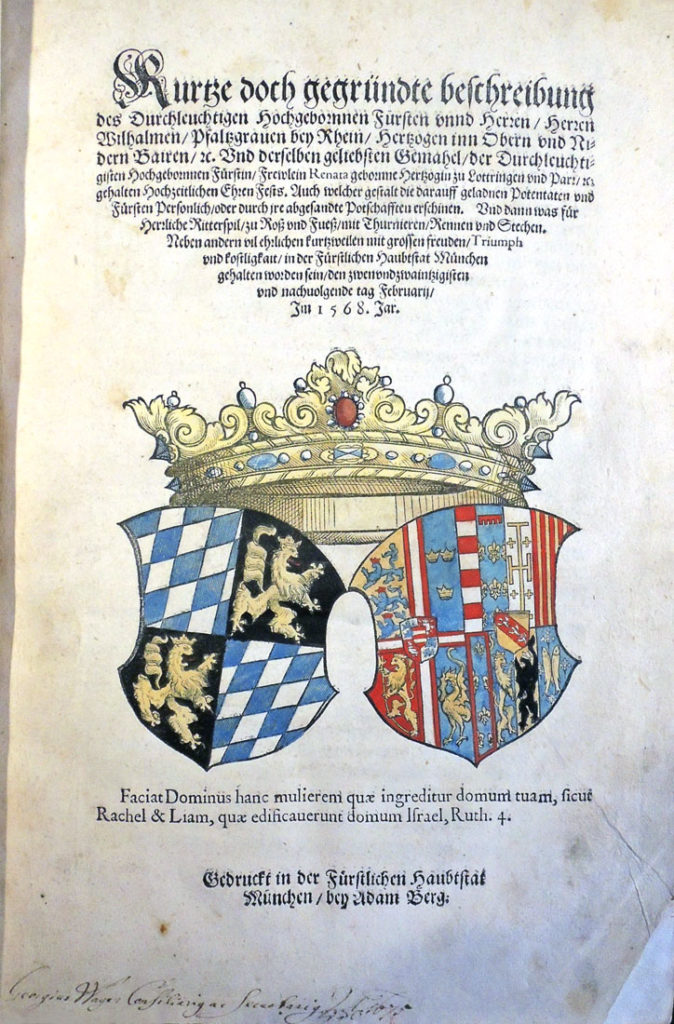
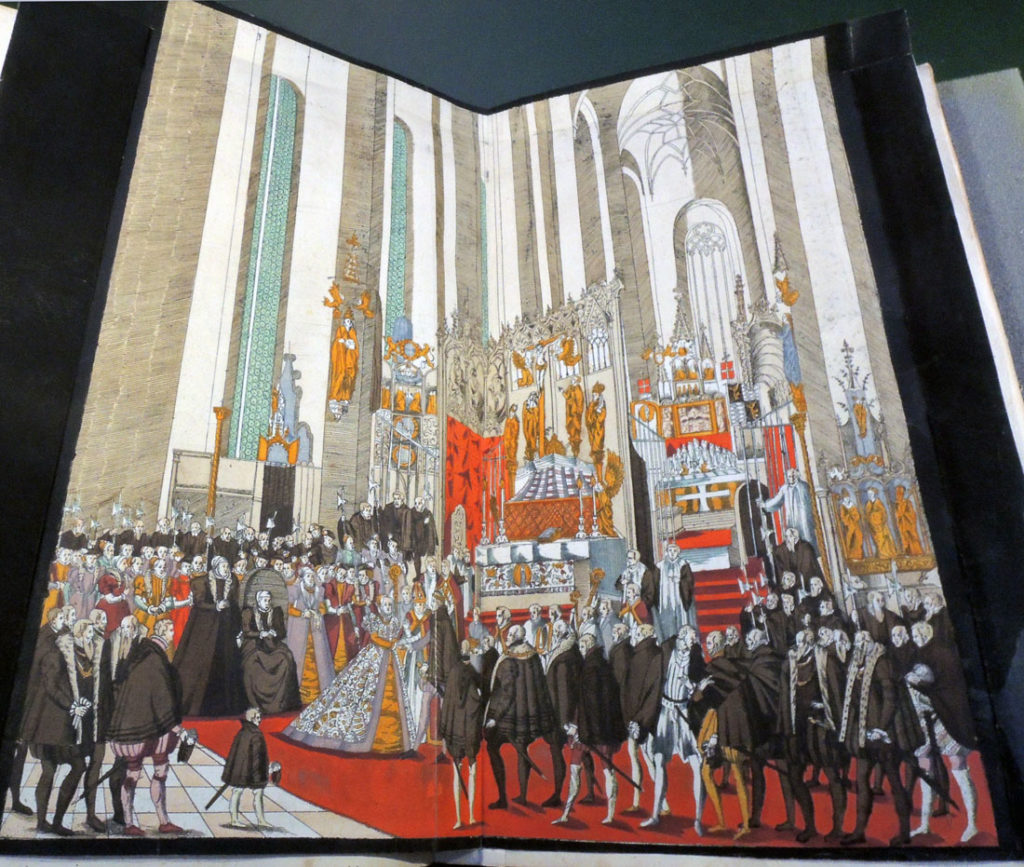 This remarkable Bavarian fête book, considered to be one of the rarest, most significant, and most lavish festival books of the sixteenth-century, has been acquired by Rare Books and Special Collection at Princeton University Library.
This remarkable Bavarian fête book, considered to be one of the rarest, most significant, and most lavish festival books of the sixteenth-century, has been acquired by Rare Books and Special Collection at Princeton University Library.
The fourteen hand-colored engravings were designed by Nicolaus Solis (1542-1584), most signed with his monogram. “Il paraît certains que l’N et l’S entrelacés donnent le monogramme, non pas de Nicolas Schinagel, comme quelques-uns le croient, mais de Nicolas Solis, frère [sic] de célèbre Virgile Solis; et ce qui semble le confirmer, c’est que cet artiste travaillait à la cour de Guillaume V de Bavière” (Vinet 705). The artist was only twenty-six when he undertook the commission.
A facsimile of the beginning folding plate is included with this volume. Only five copies in the world have that engraving and it has been noted that finding a complete copy is near impossible: “C’est un des plus rares, et l’un de ceux qui peuvent le mieux servir à vous donner l’idée des coutumes et des plaisirs de Allemagne princière au XVIe Siècle” (Vinet 705). Three of the tournament engravings were supplied from another copy.
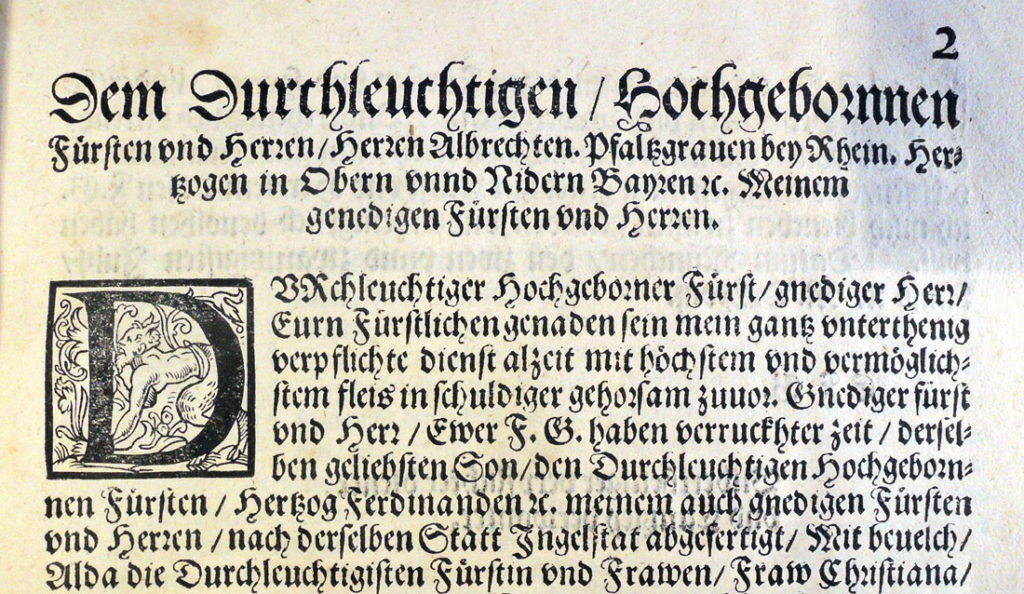
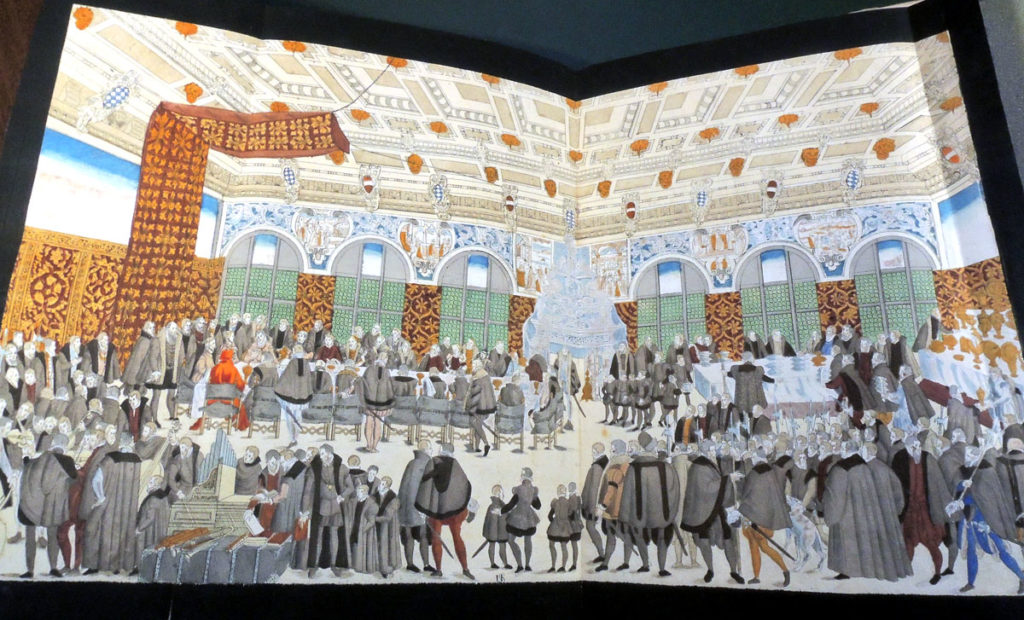 Solis’s enormous folding plates record festival scenes at the Court of Wilhelm V, Duke of Bavaria (1548-1626) staged for his marriage to Renée, Duchess of Lorraine (1544-1602) in February 1568. The celebration lasted eighteen days with performances, games, and tournaments said to include approximately 5,000 riders. Music was composed by Orlande de Lassus. The book was completed with remarkable speed, finished before the end of the year.
Solis’s enormous folding plates record festival scenes at the Court of Wilhelm V, Duke of Bavaria (1548-1626) staged for his marriage to Renée, Duchess of Lorraine (1544-1602) in February 1568. The celebration lasted eighteen days with performances, games, and tournaments said to include approximately 5,000 riders. Music was composed by Orlande de Lassus. The book was completed with remarkable speed, finished before the end of the year.
Provenance: “Georgius Wager, Consiliarigae Secretarig. Ag. 1675” inscribed in brown ink at foot of title; Pierre Berès, his sale, Paris; Pierre Bergé, 16 December 2005, lot 263.
References: Lipperheide 2553. Ruggieri 933-4. Vinet 705. Cicognara 1380 (“Questo è il più raro epiù prezioso libro che conosciamo, specialmente in quel secolo, in material di feste” in 1821). Andresen II, 90-94, No. 31-45.

